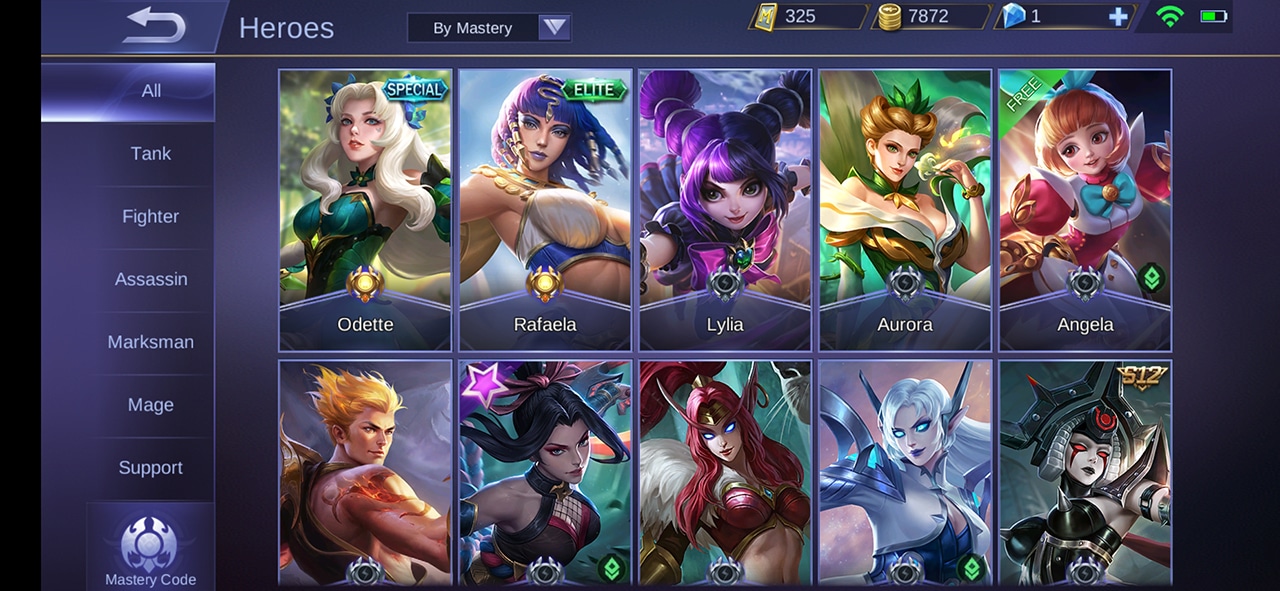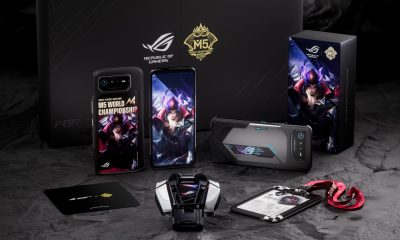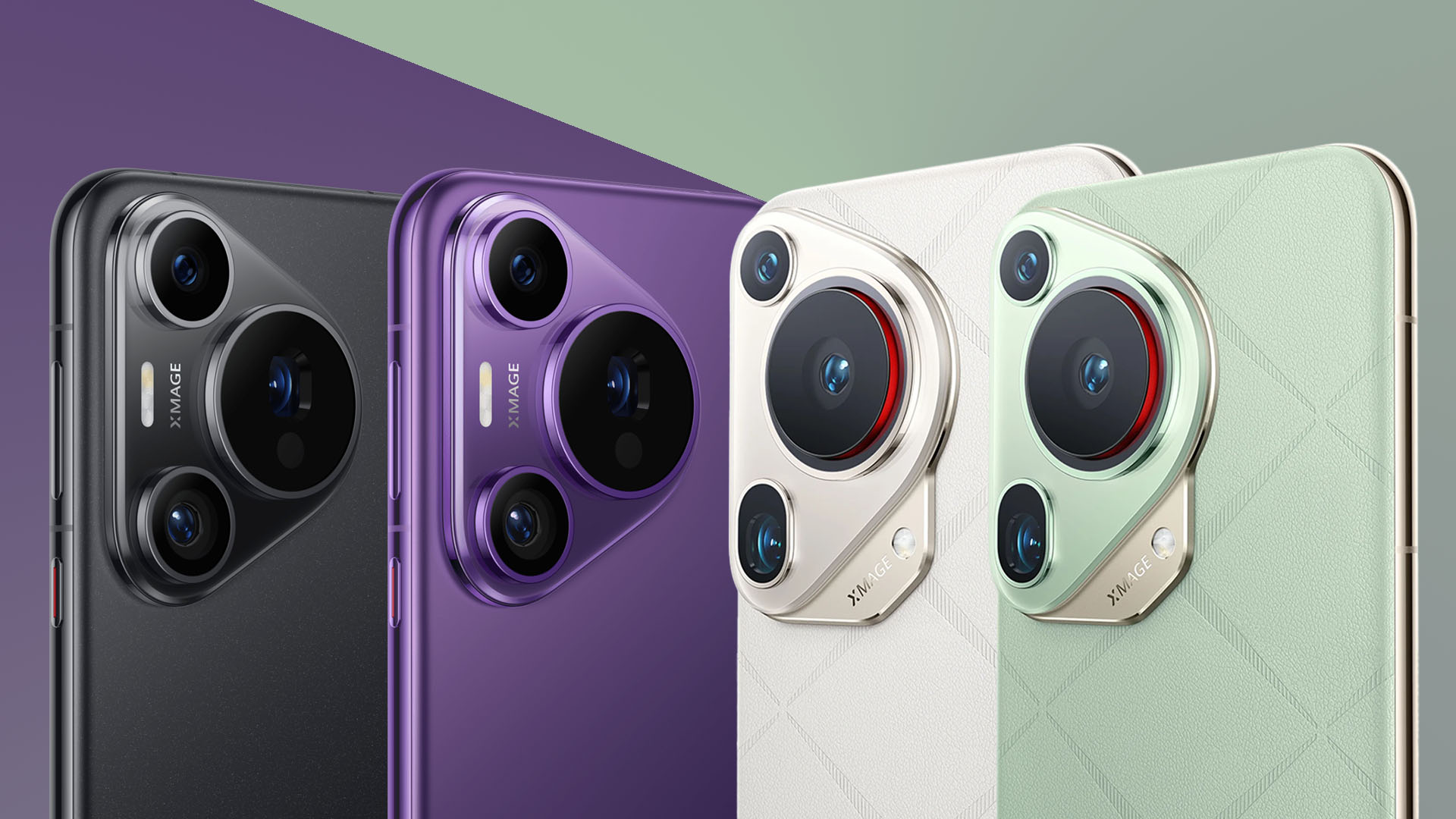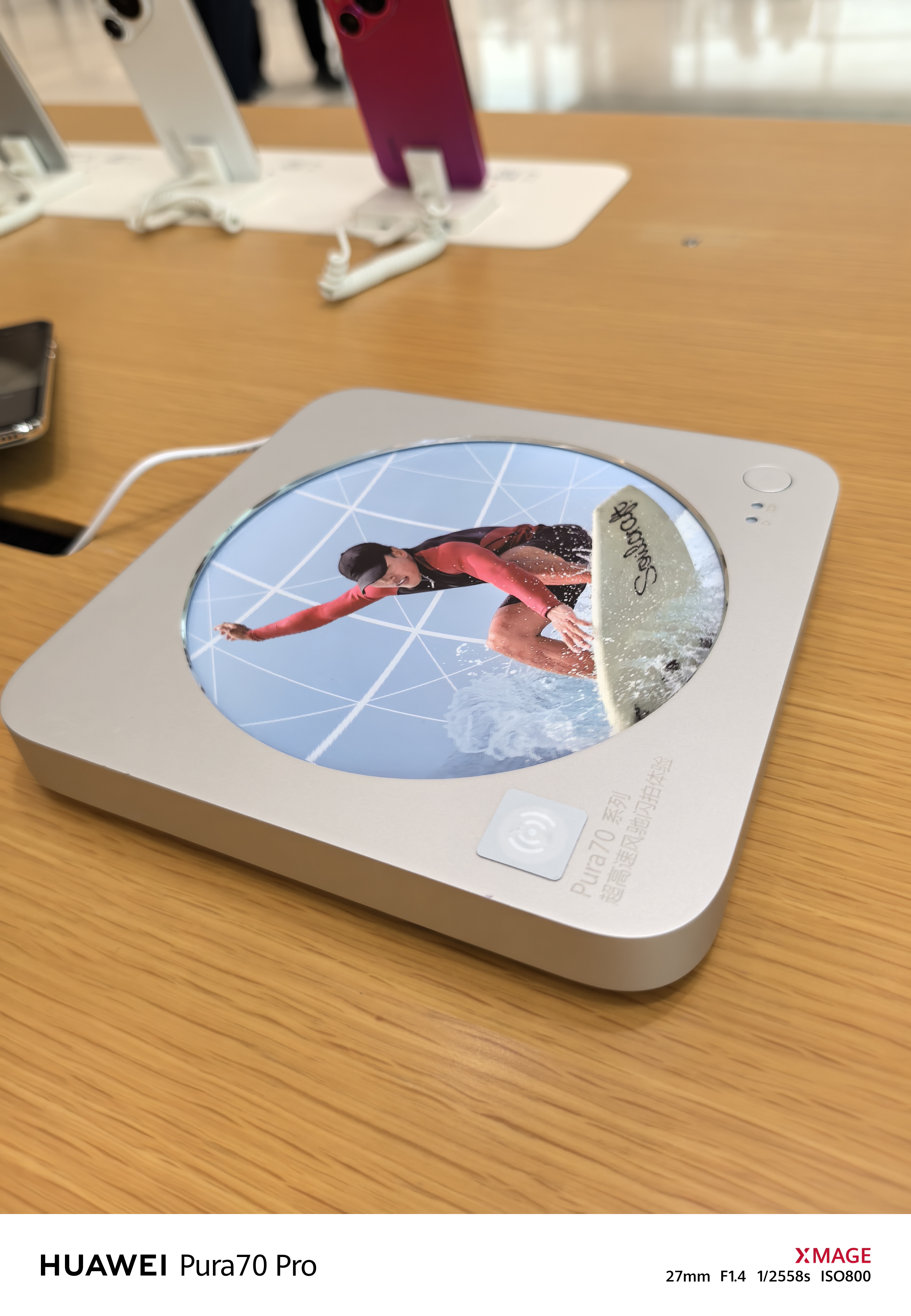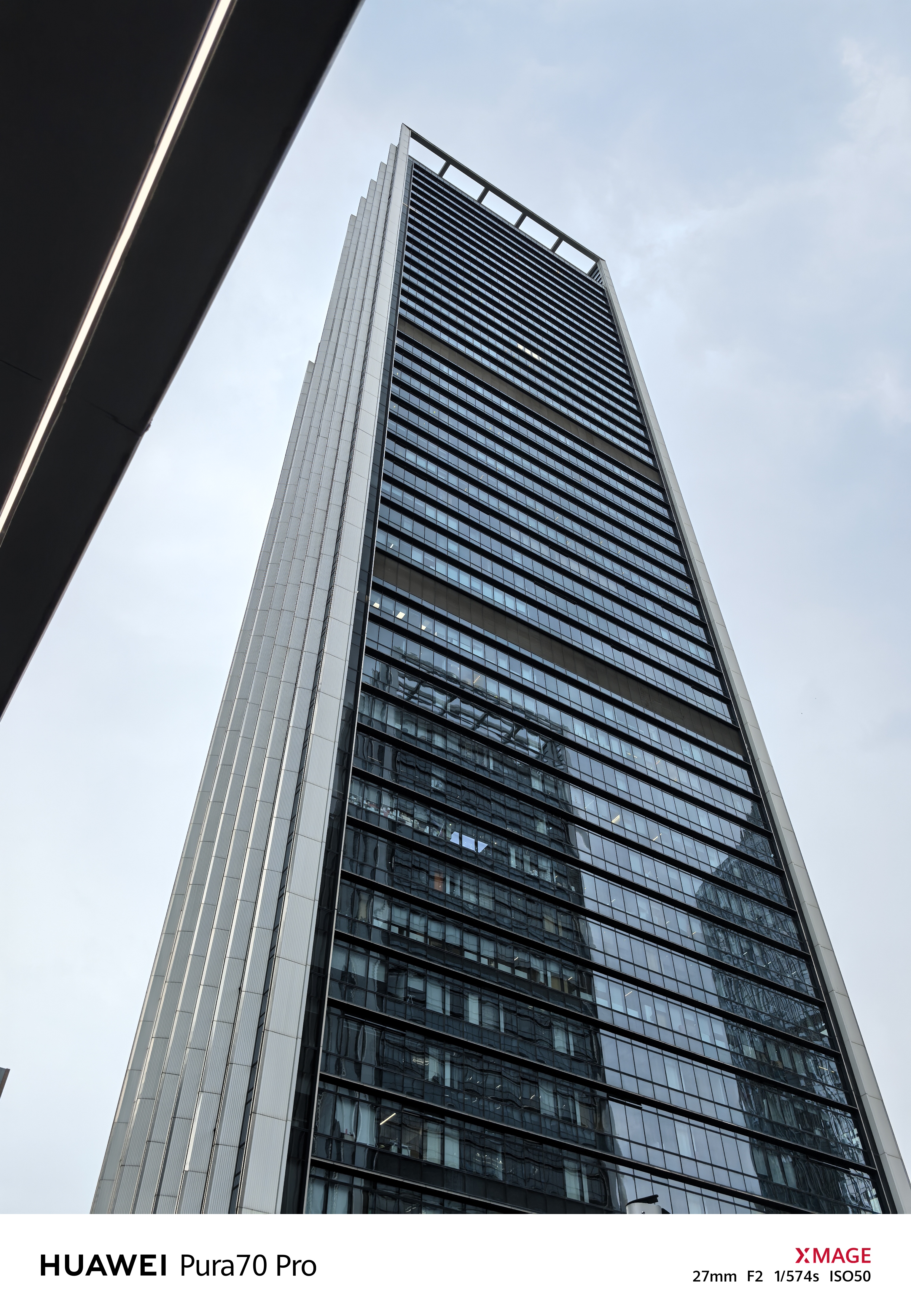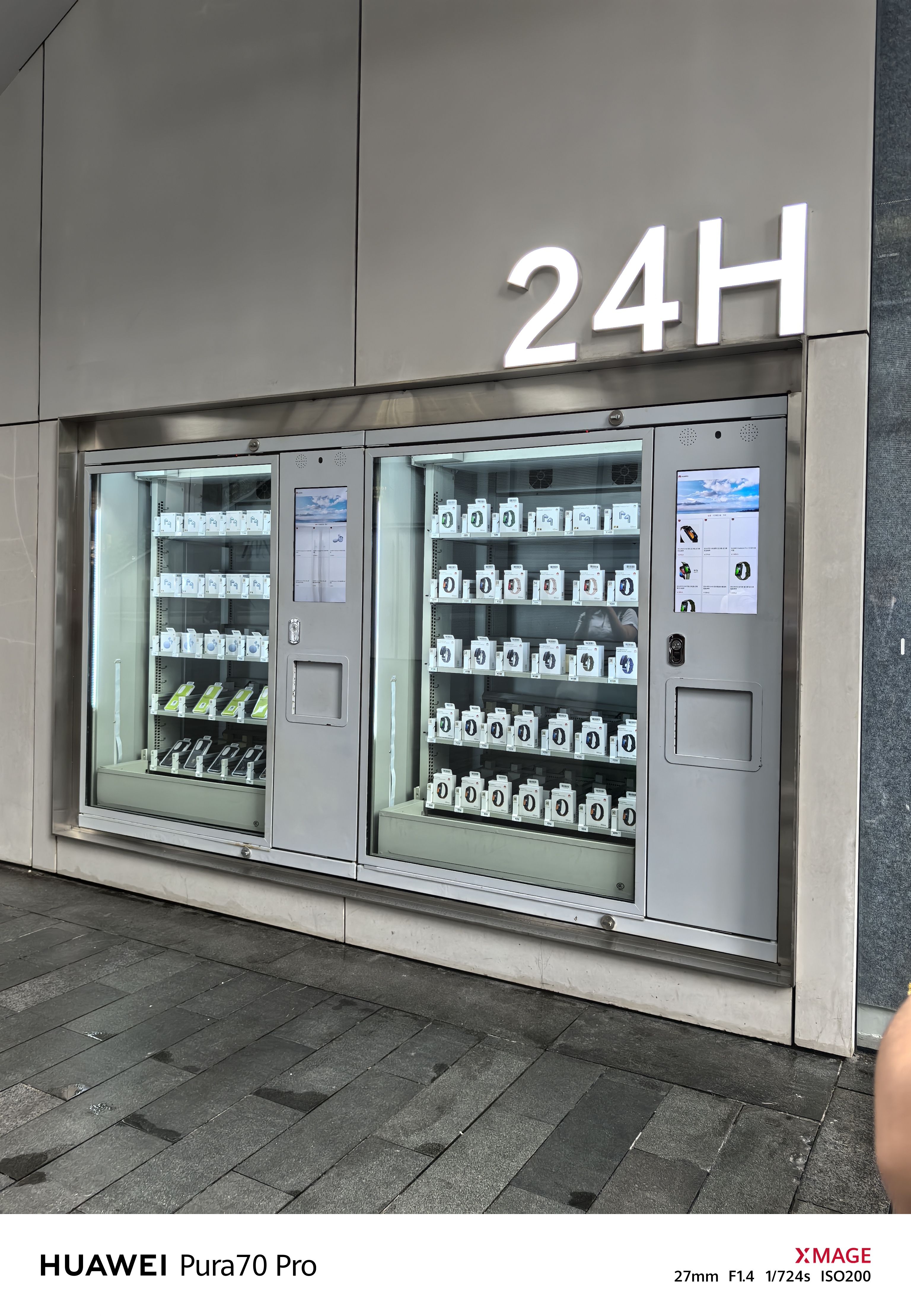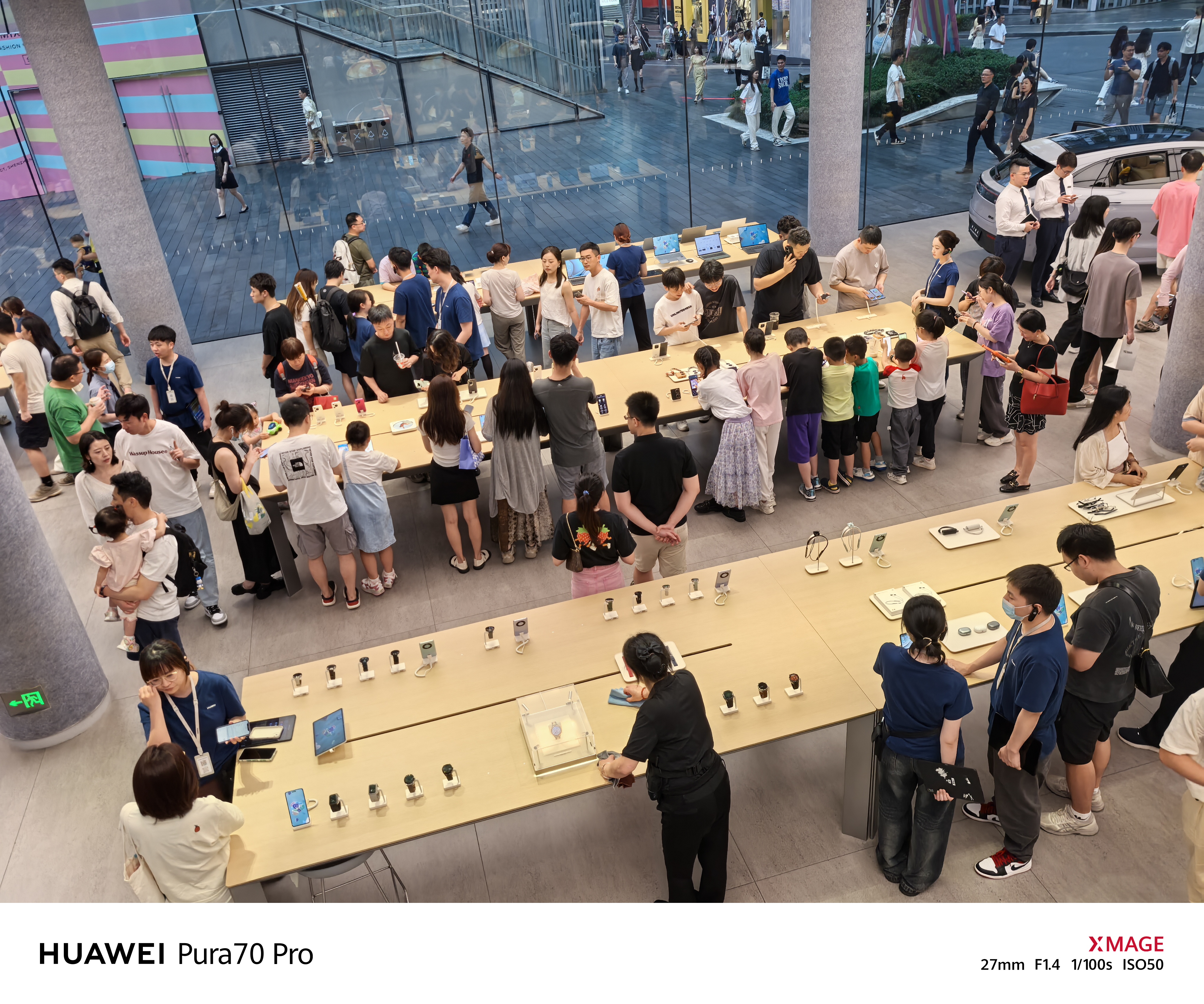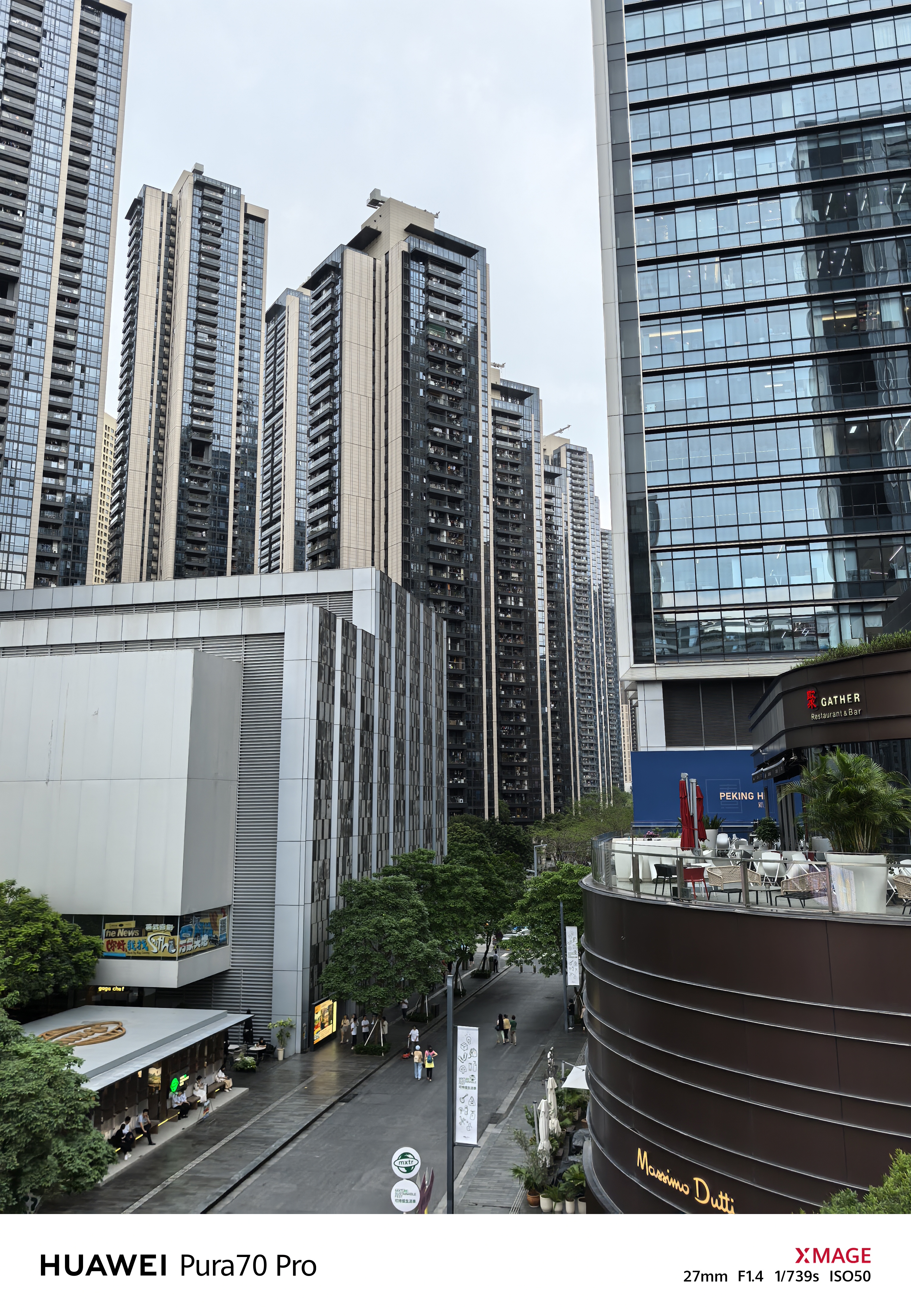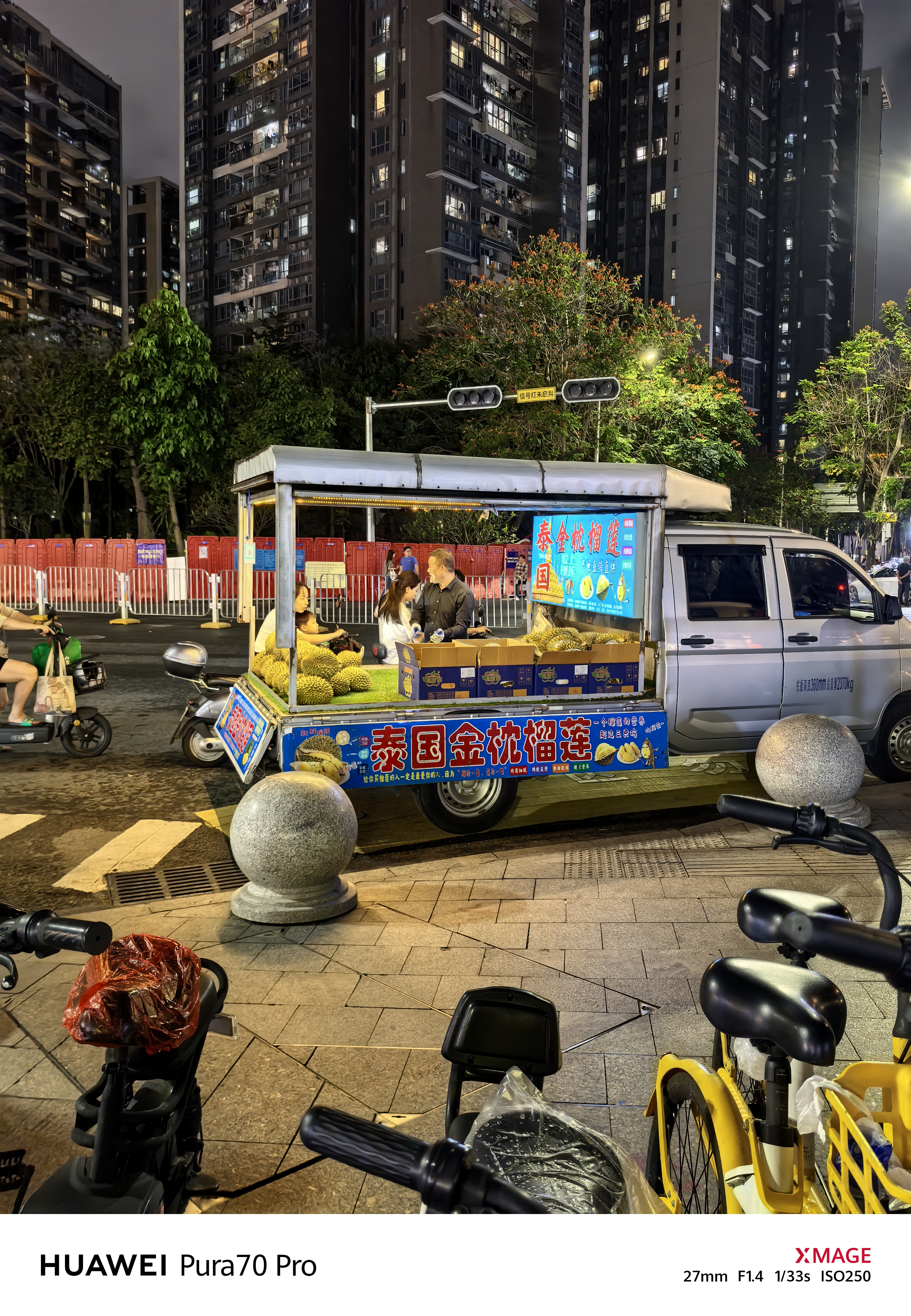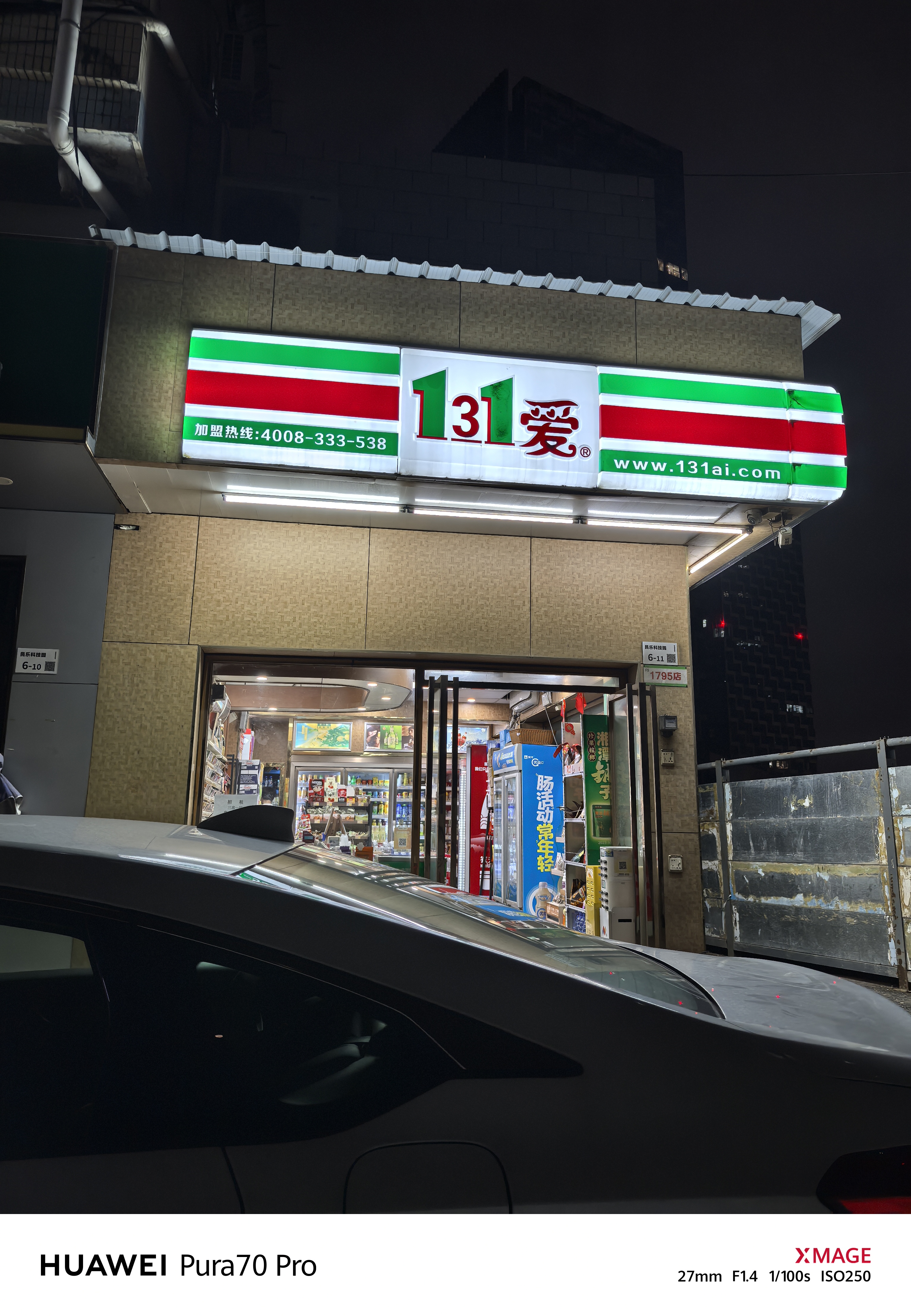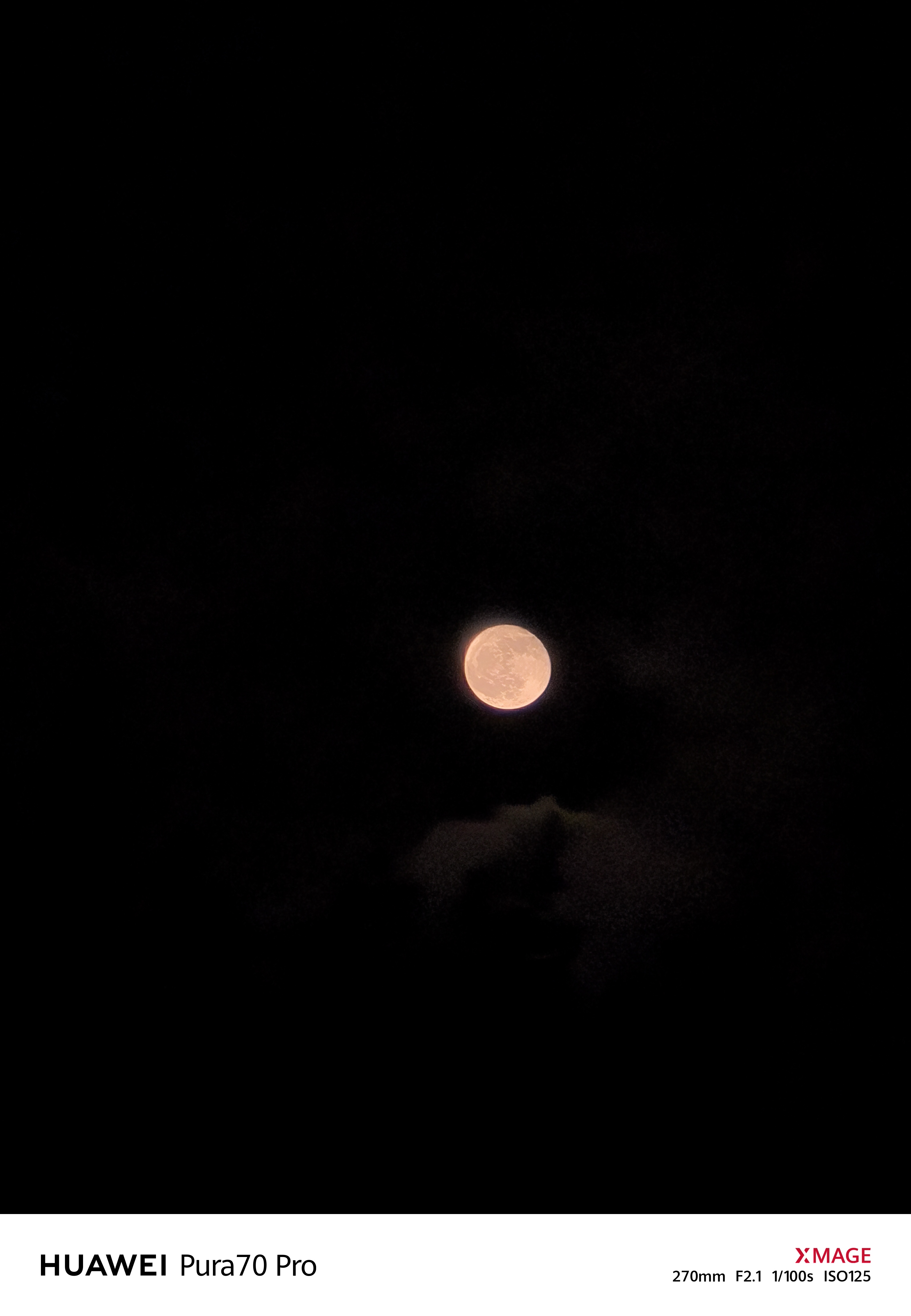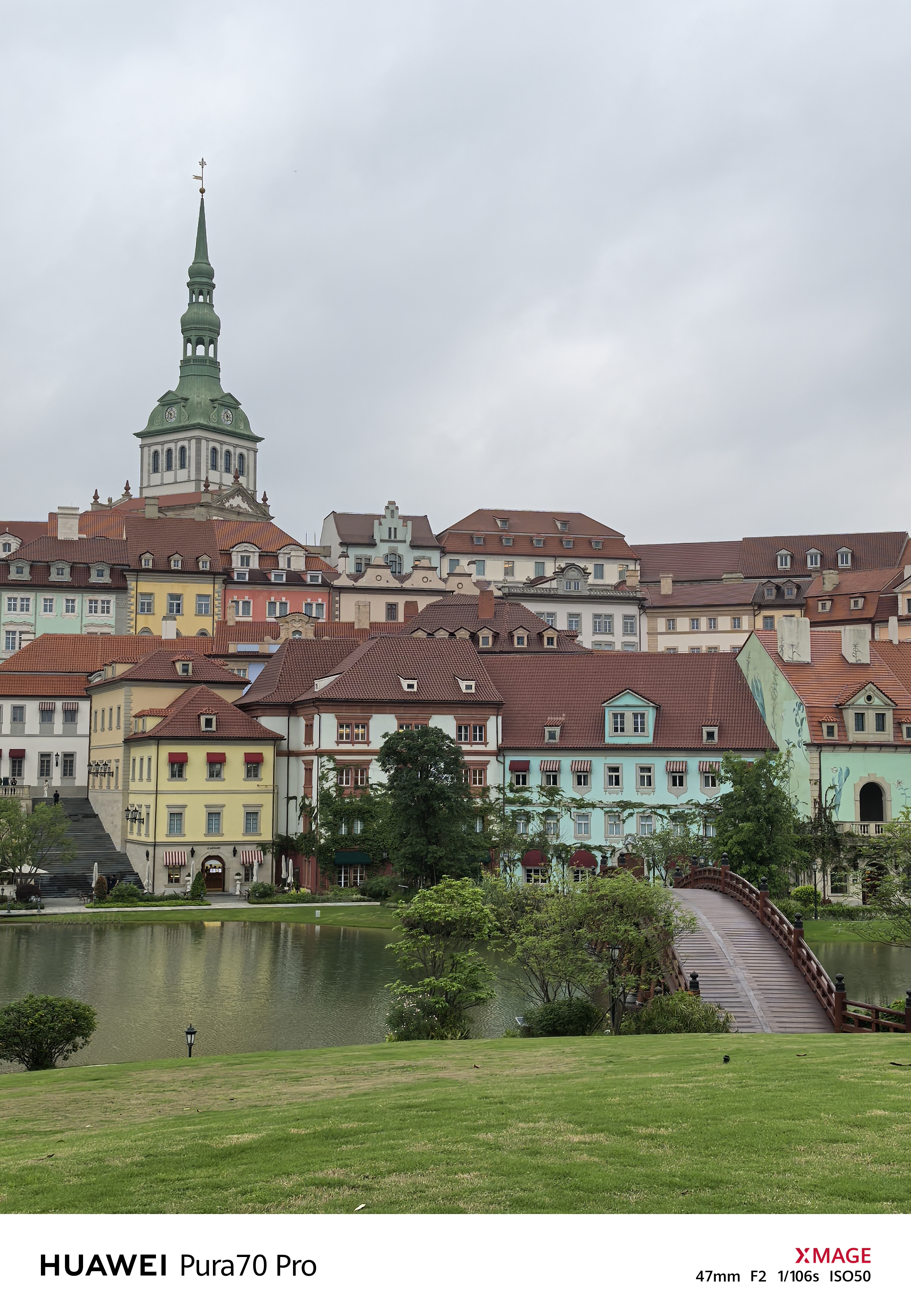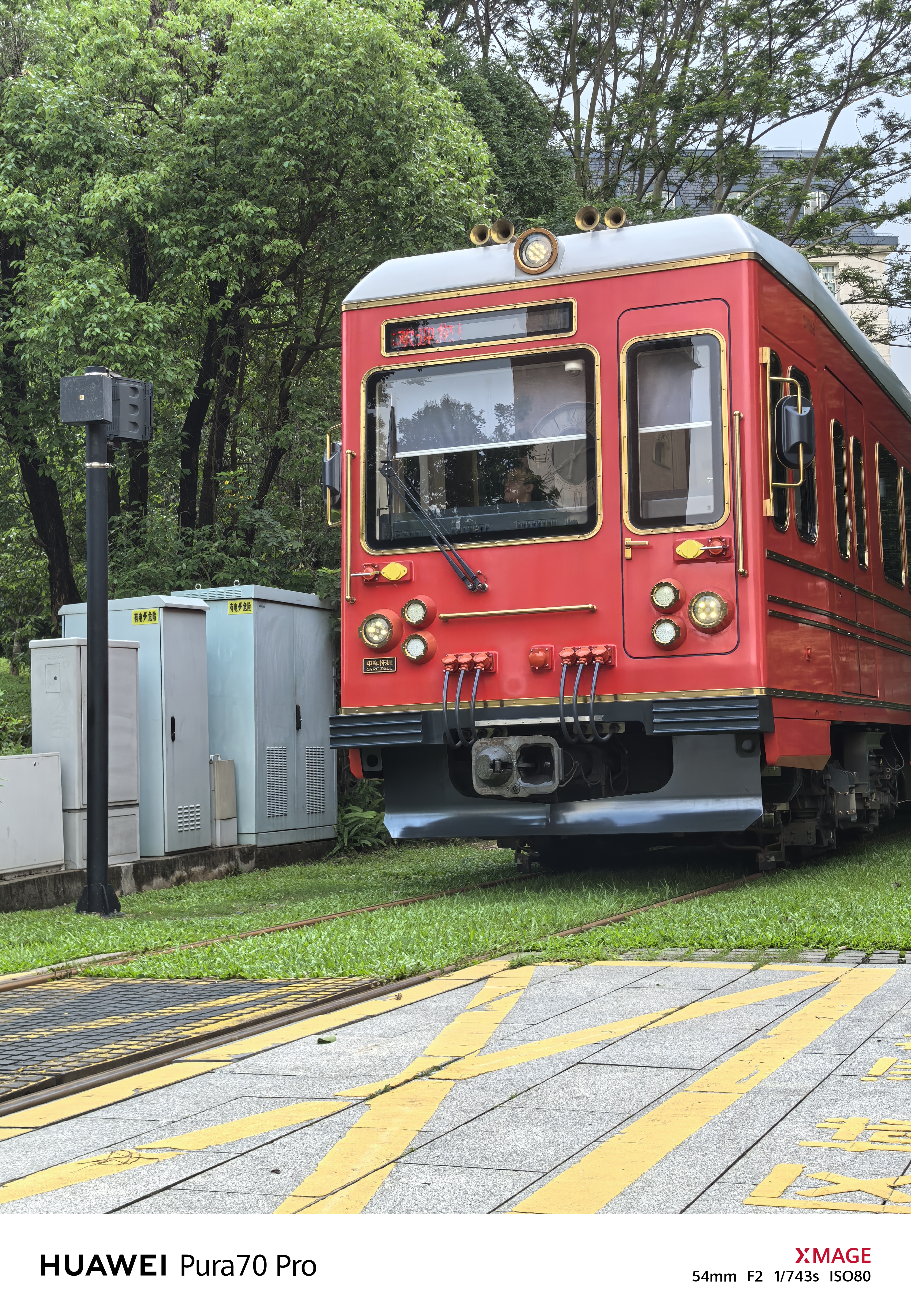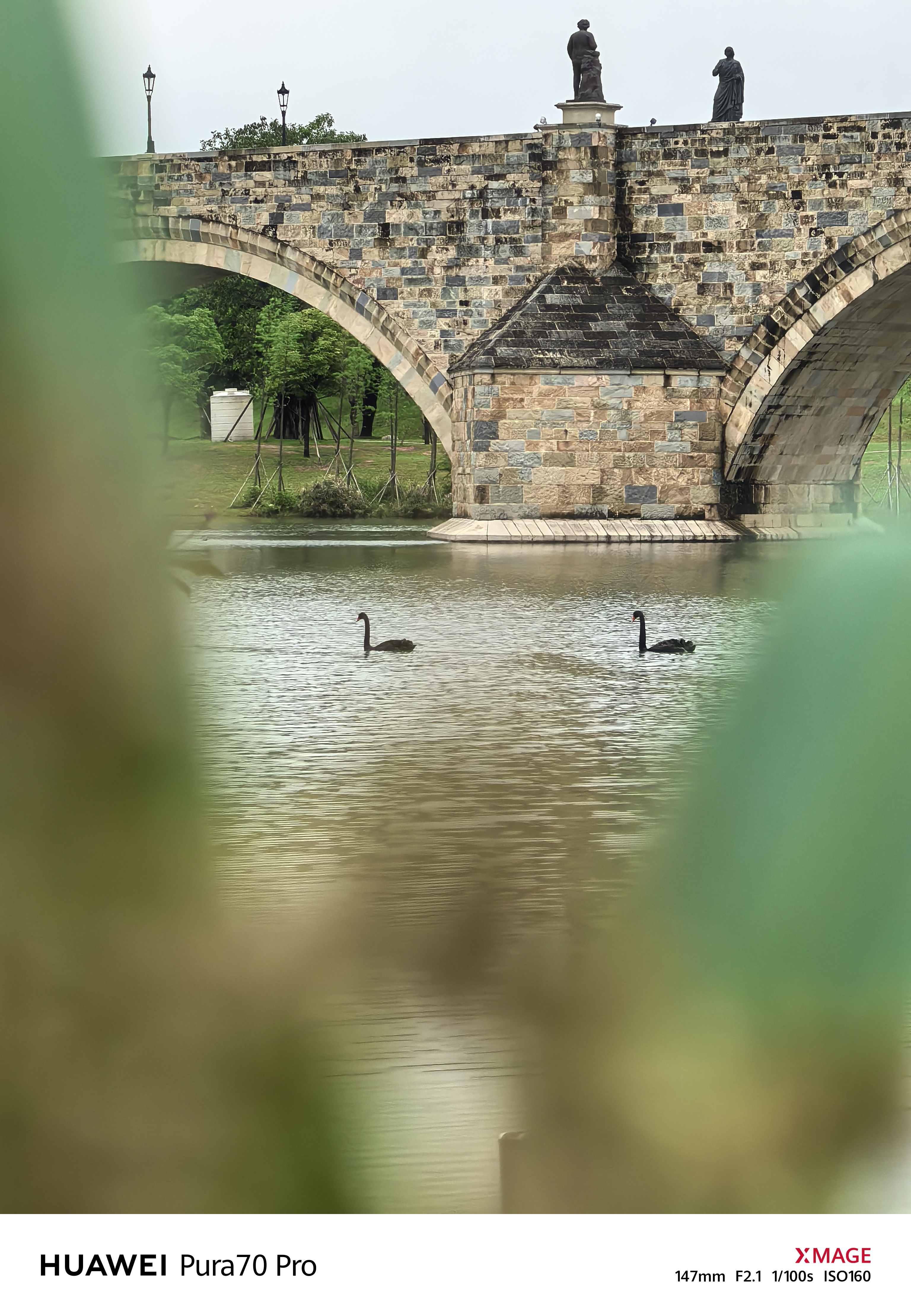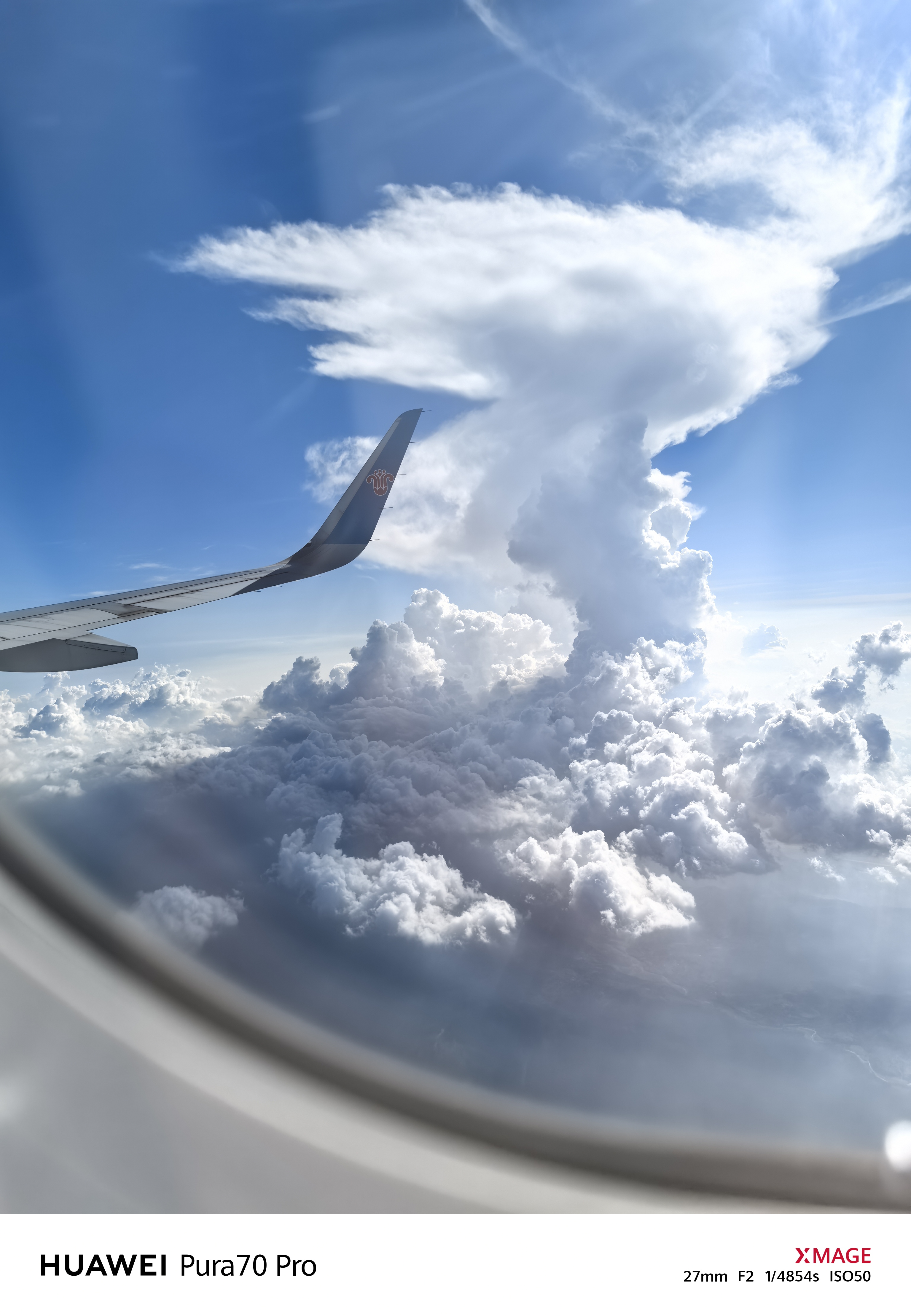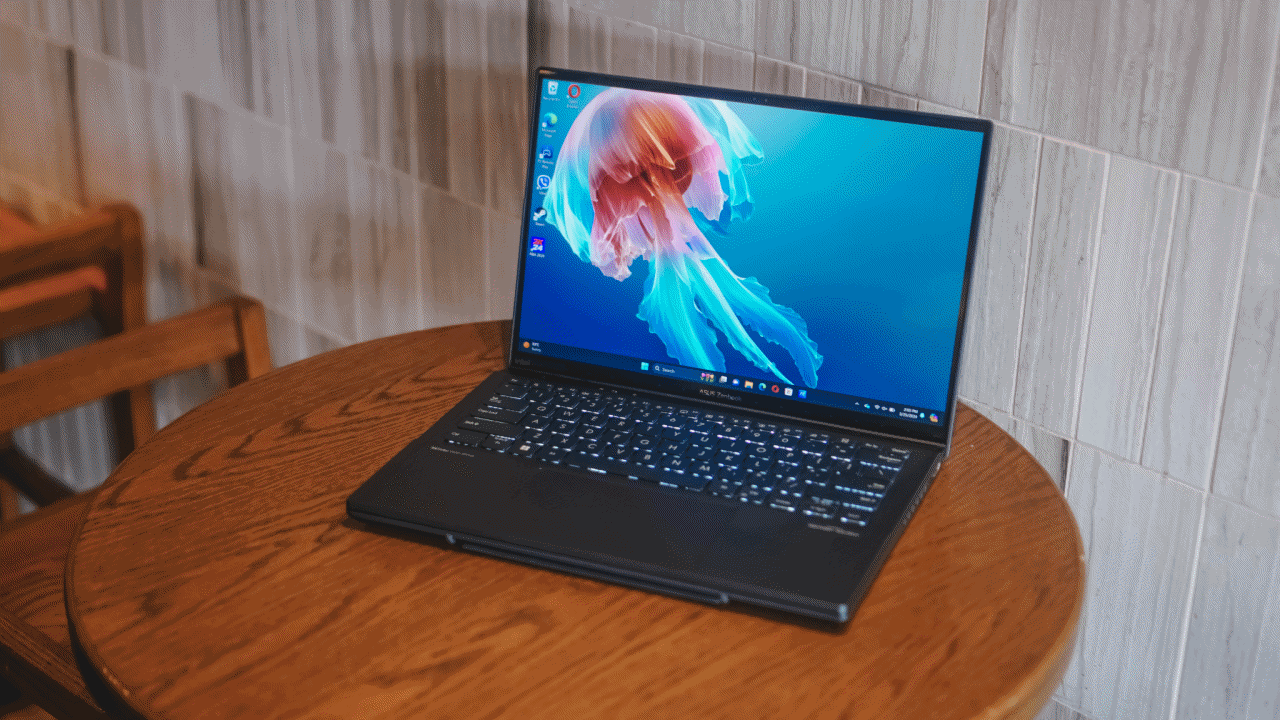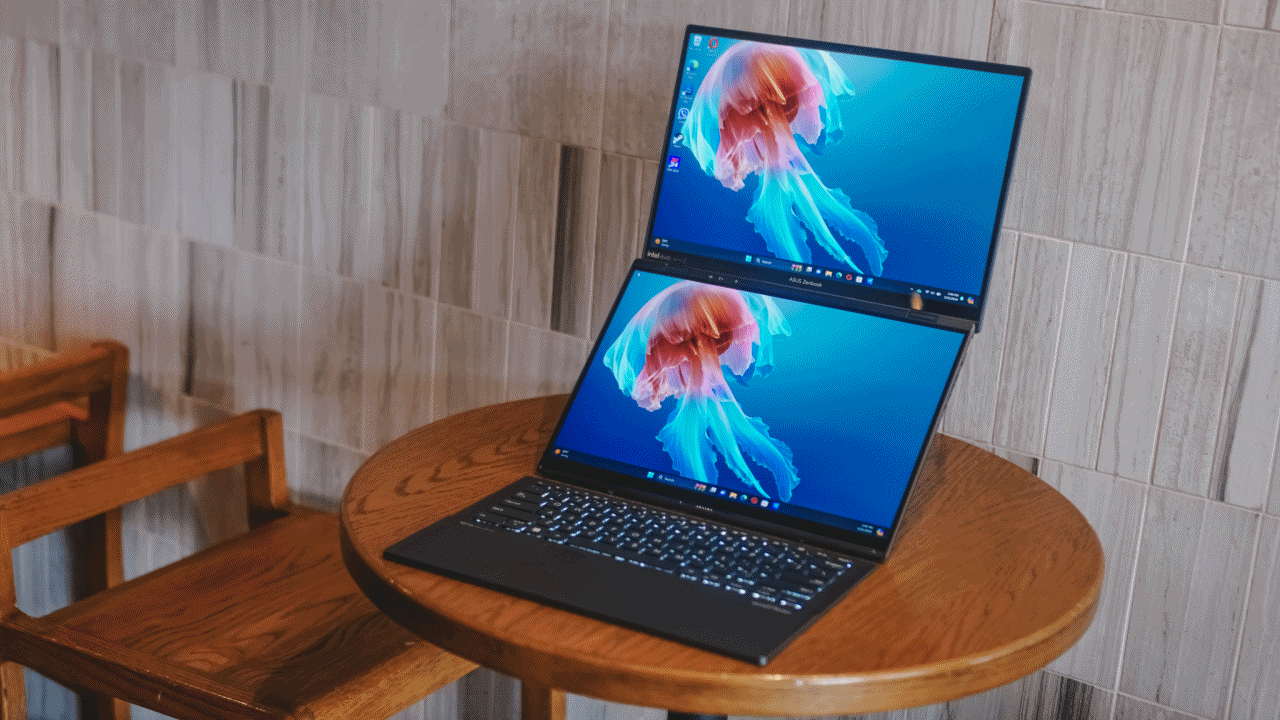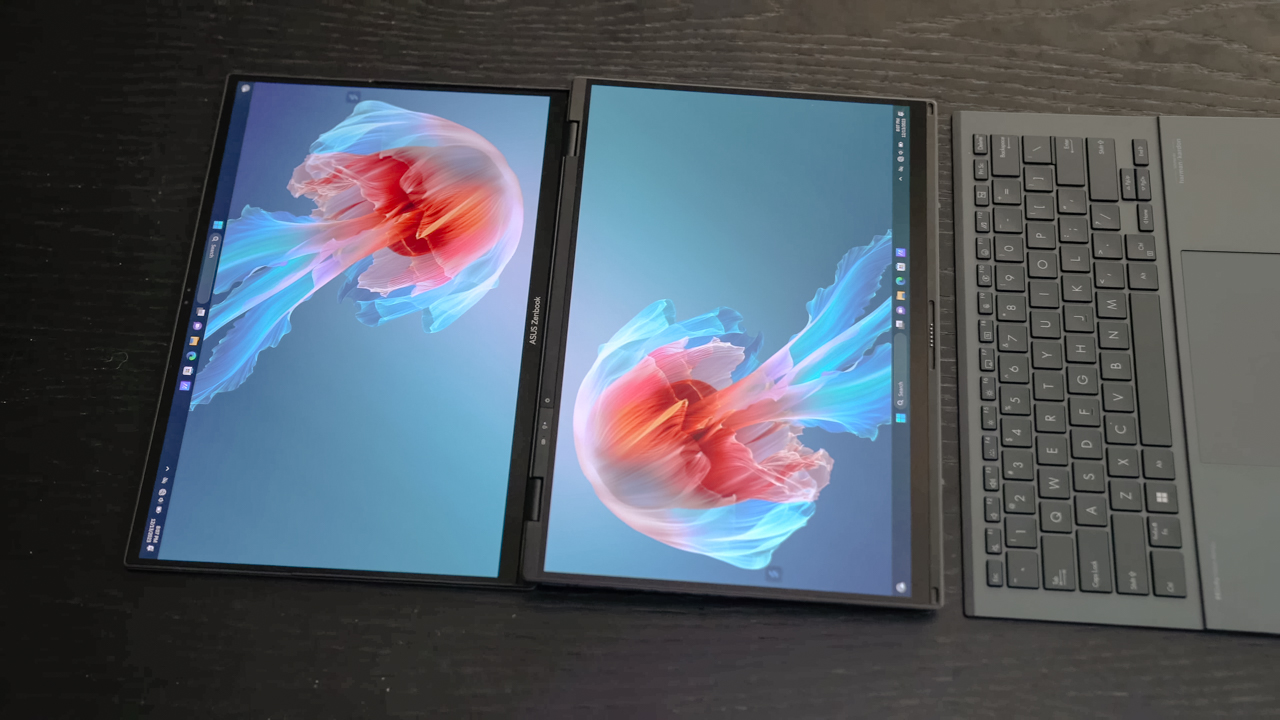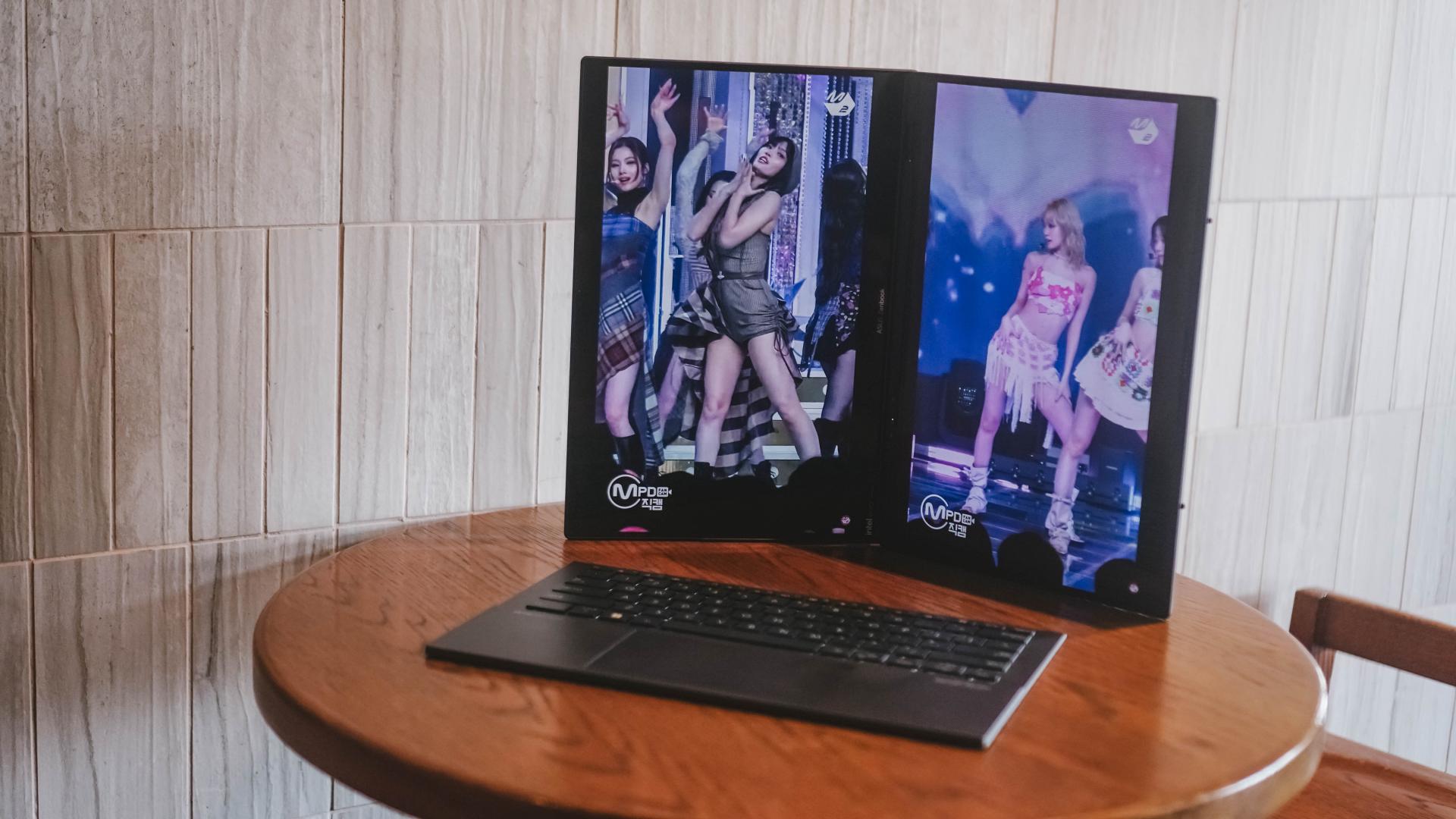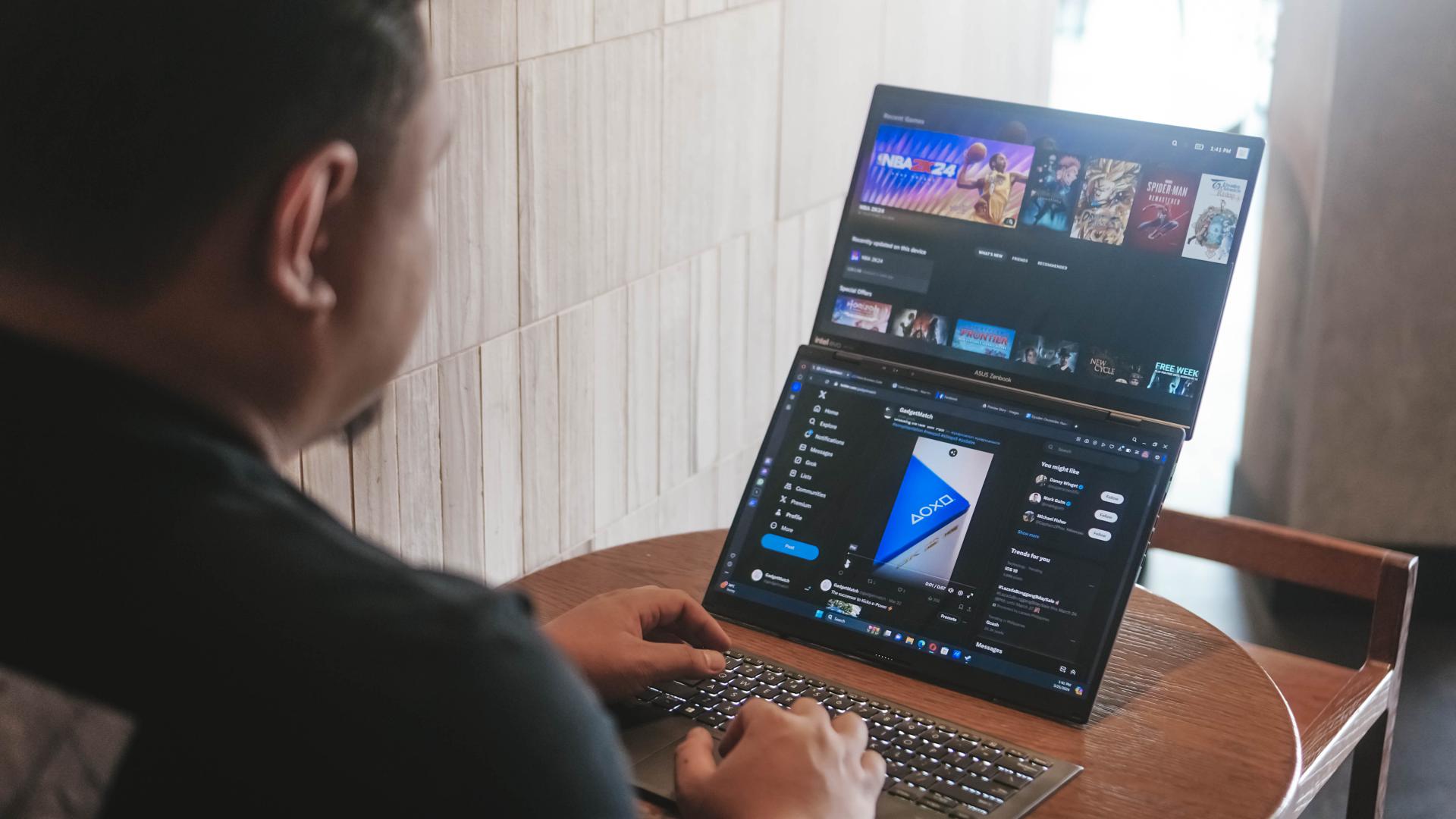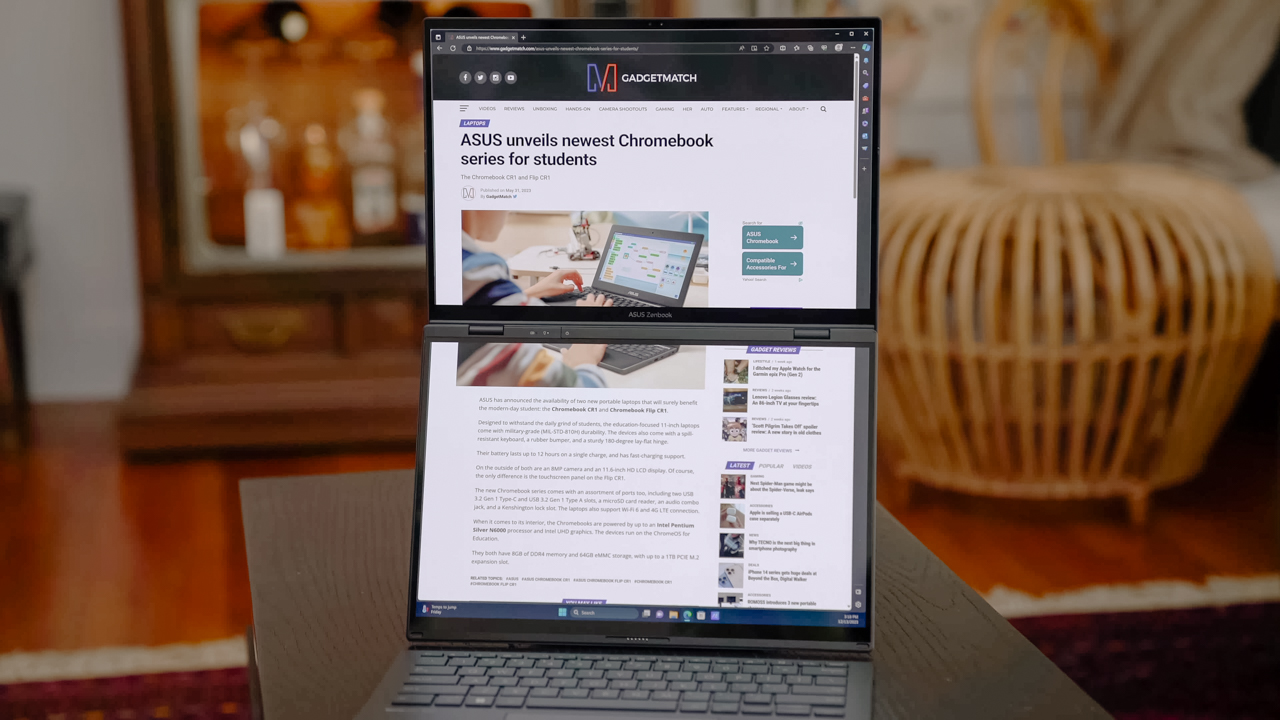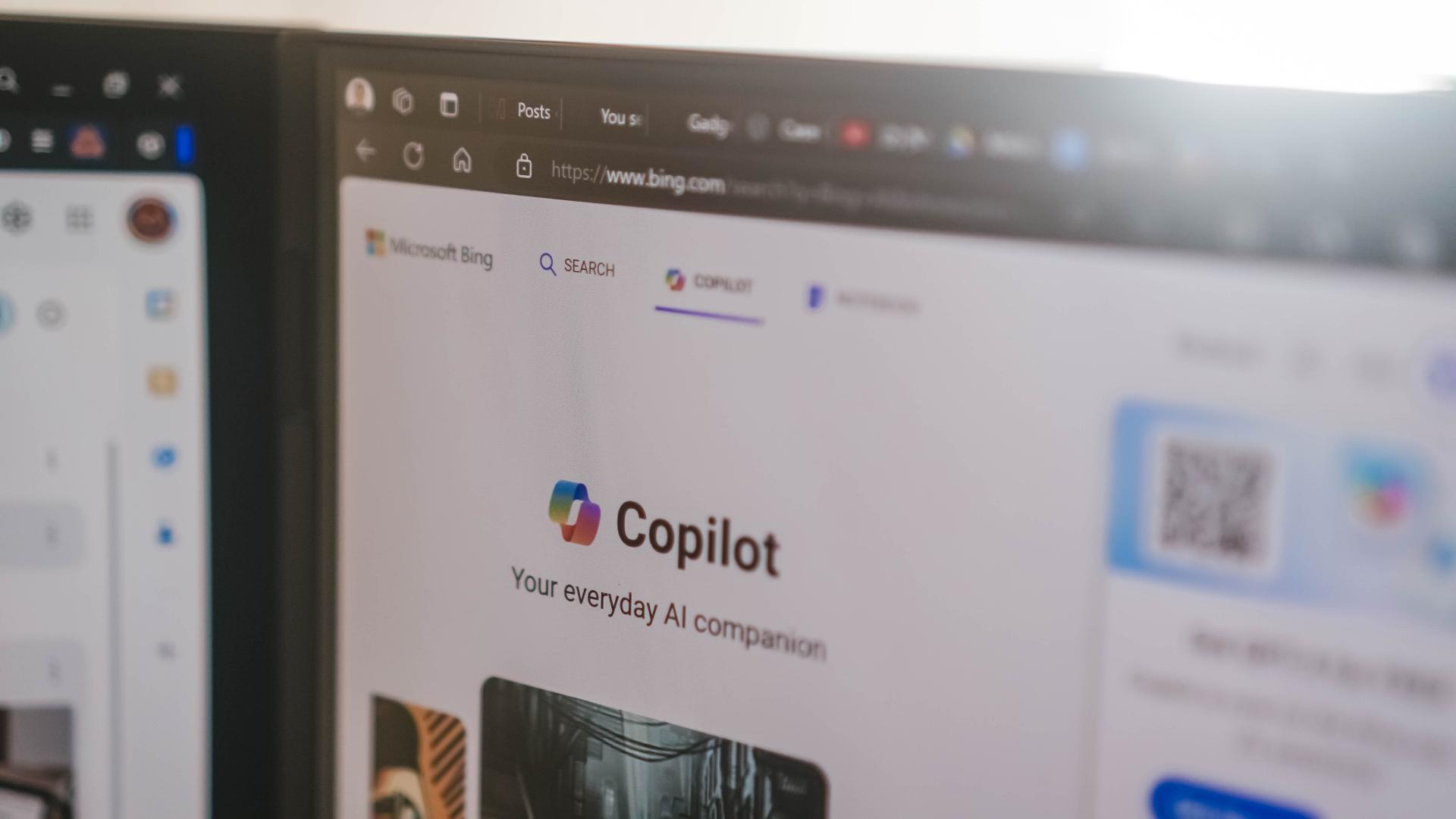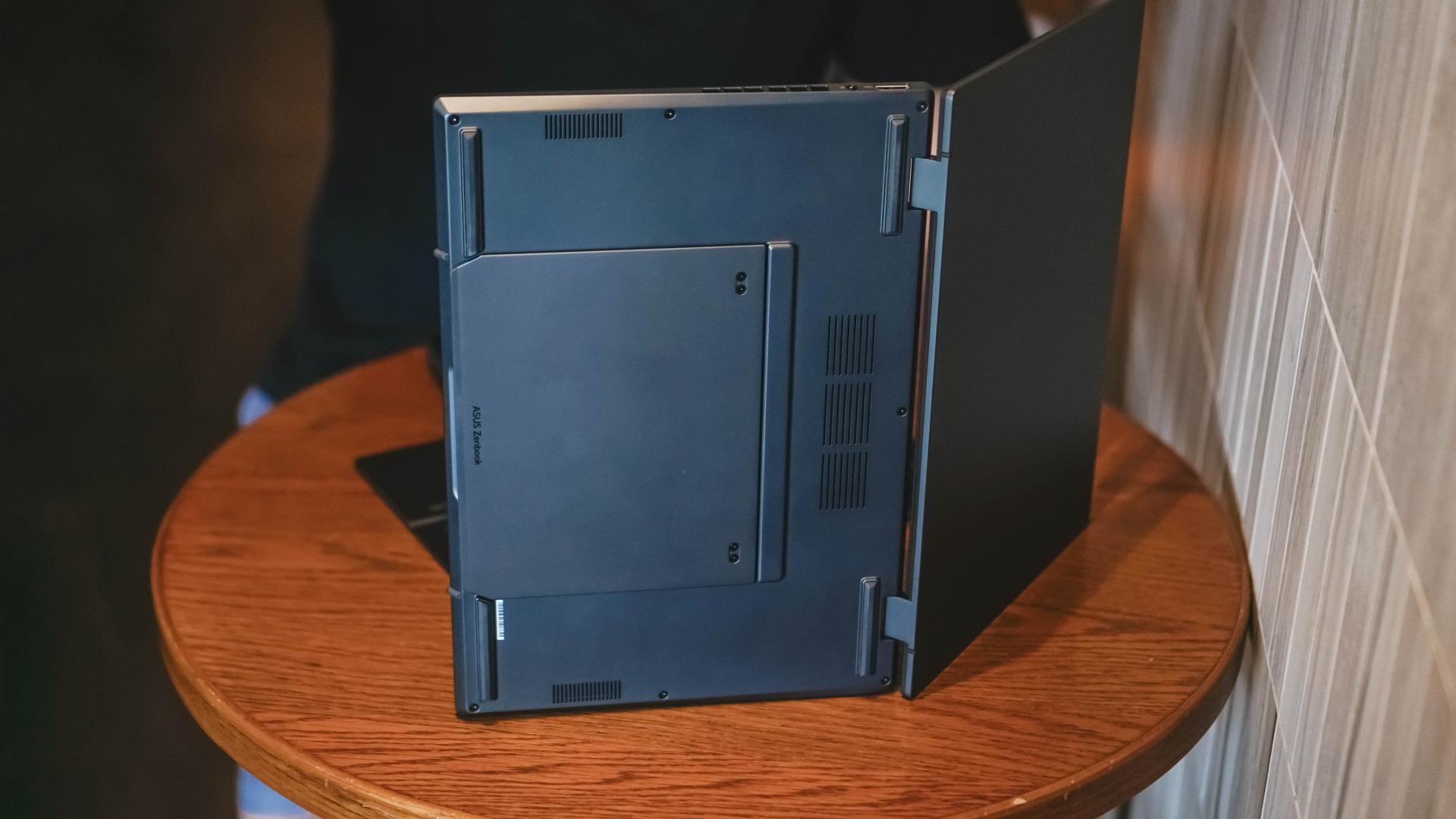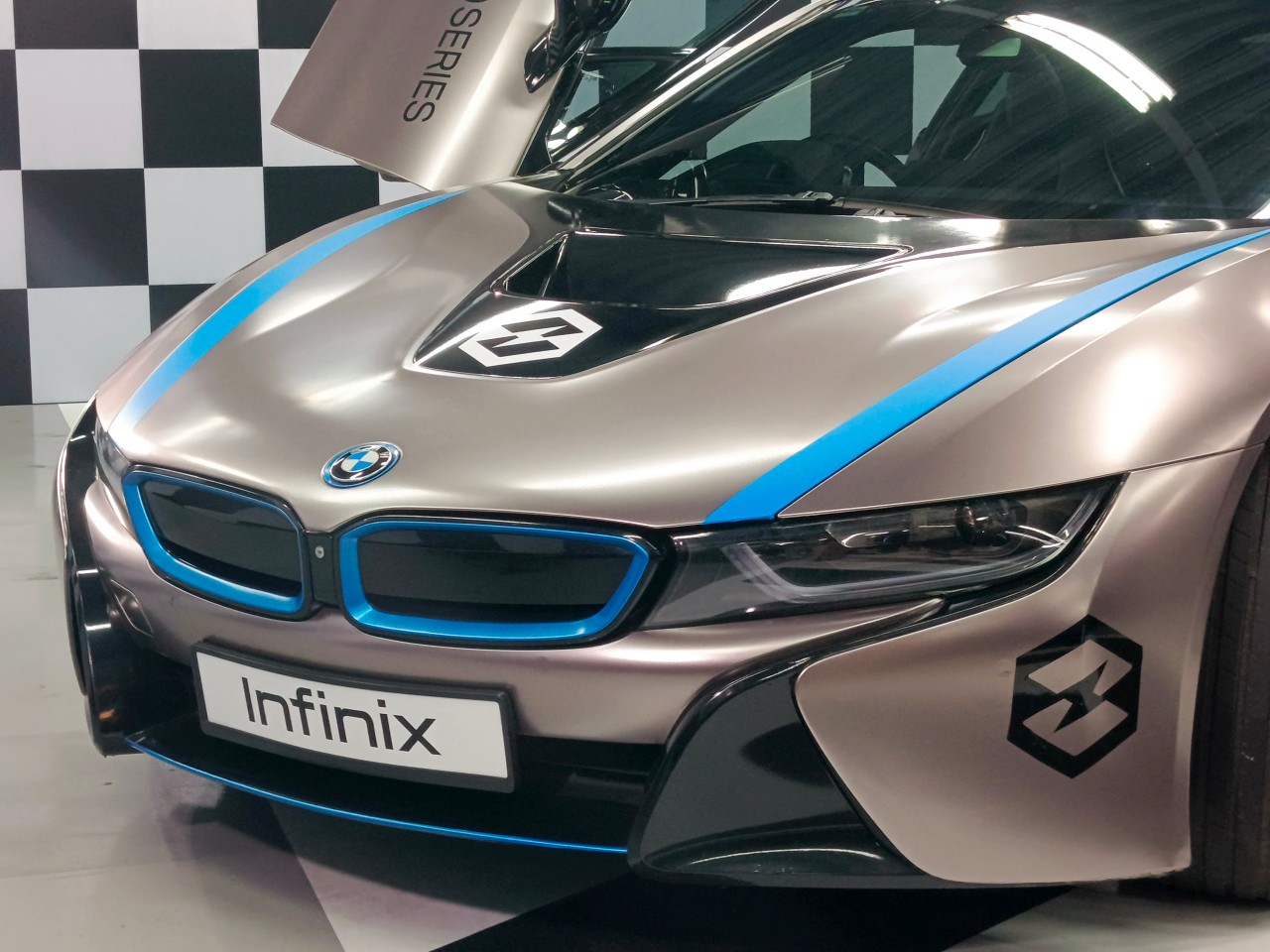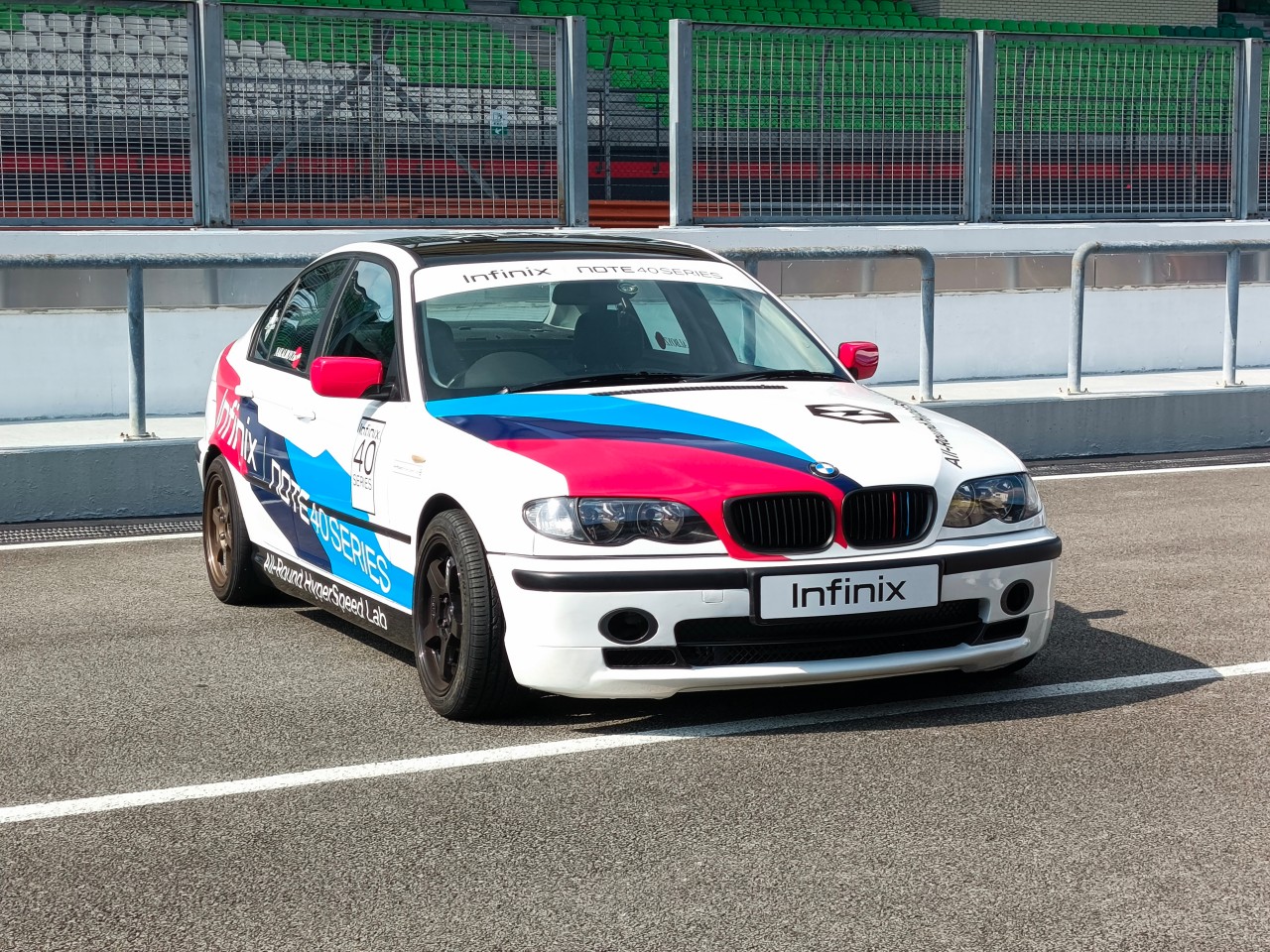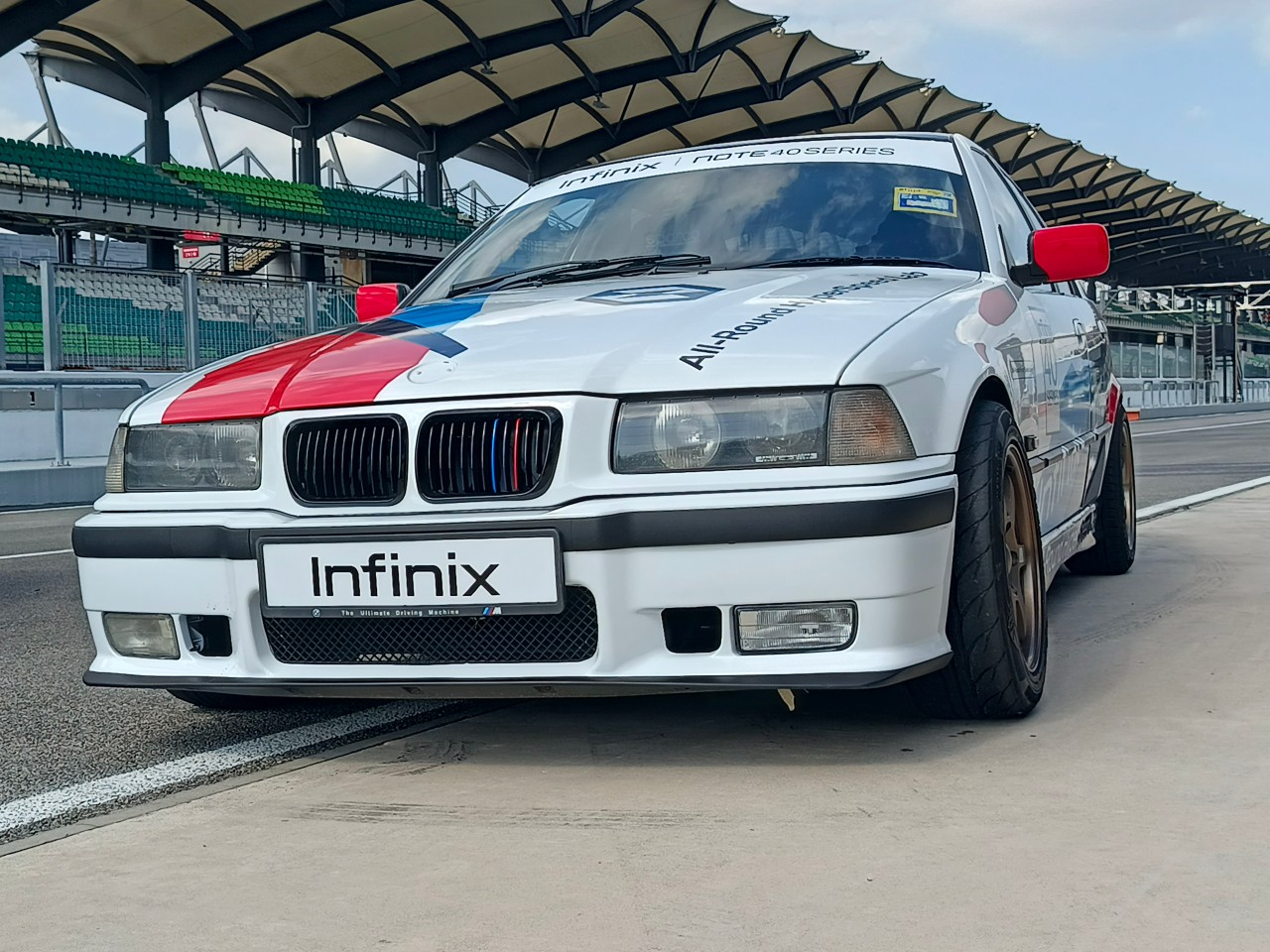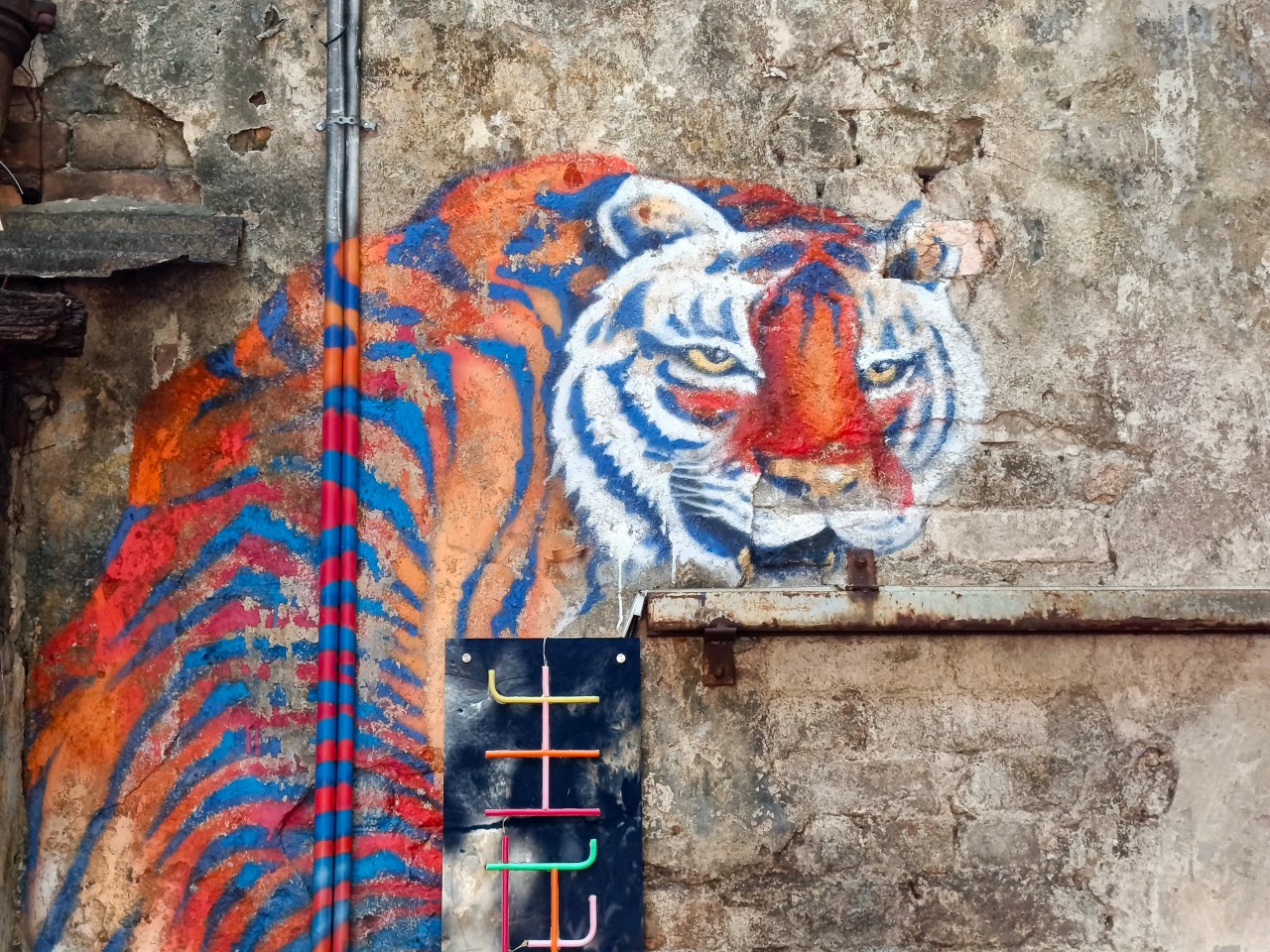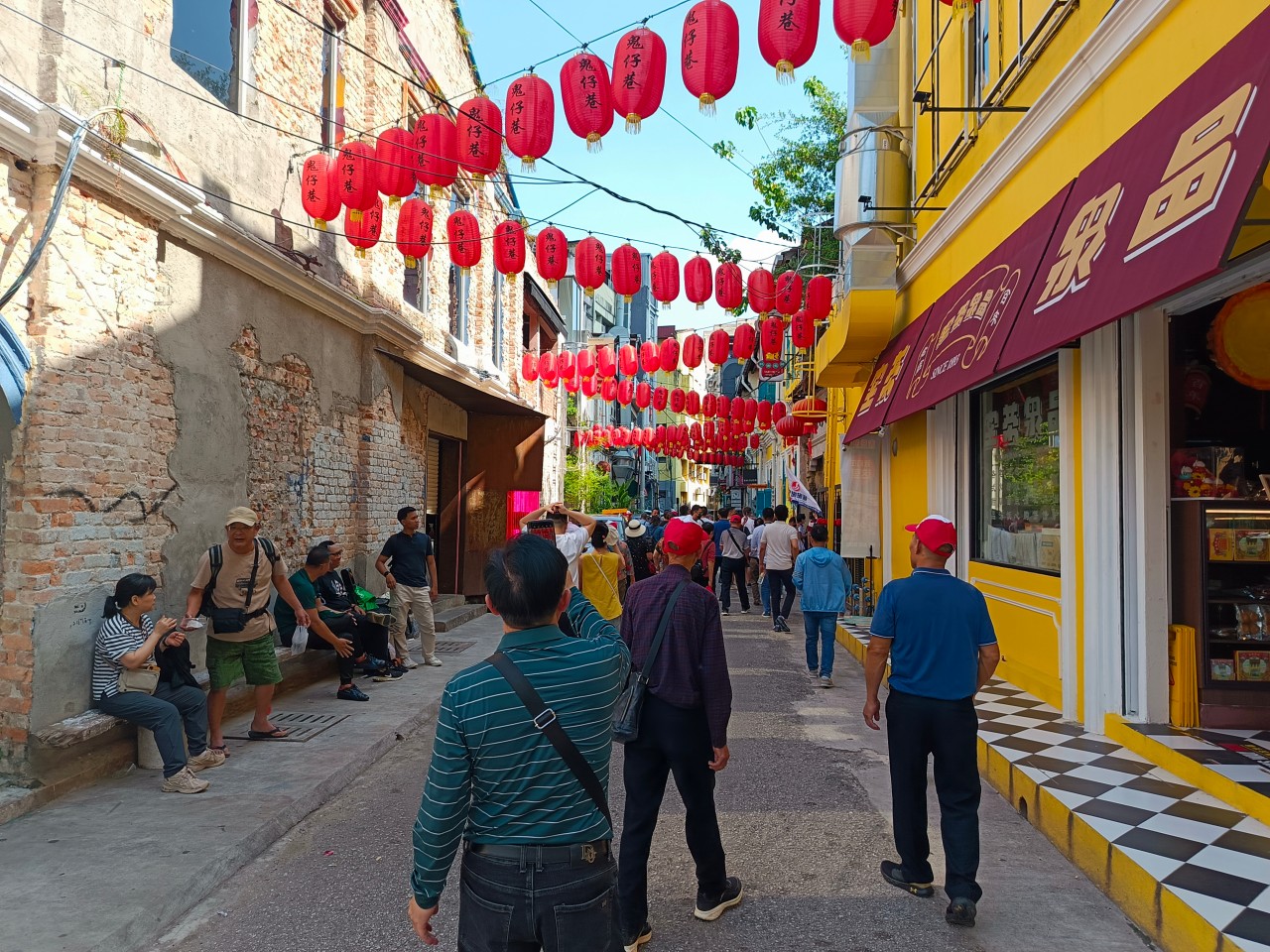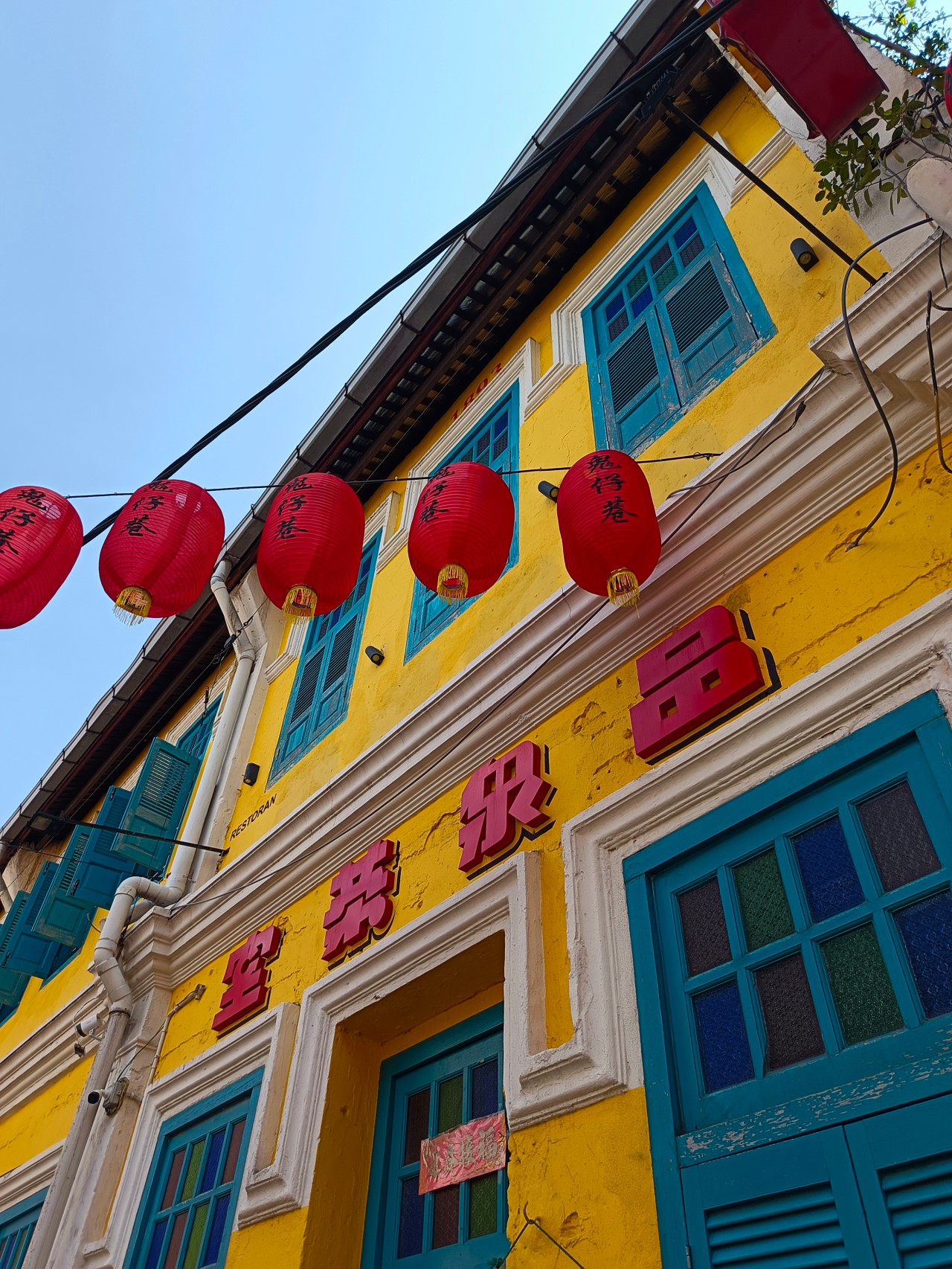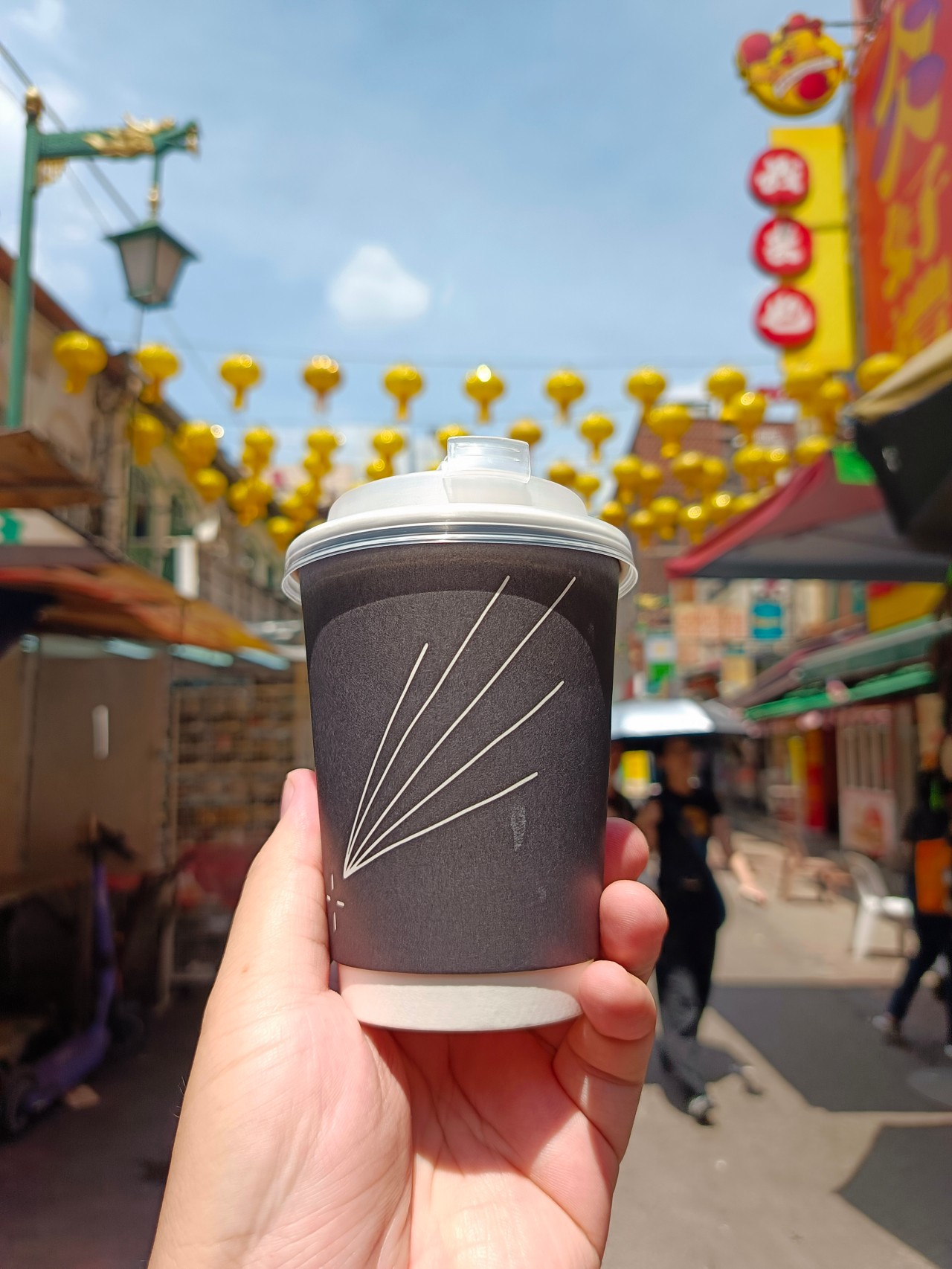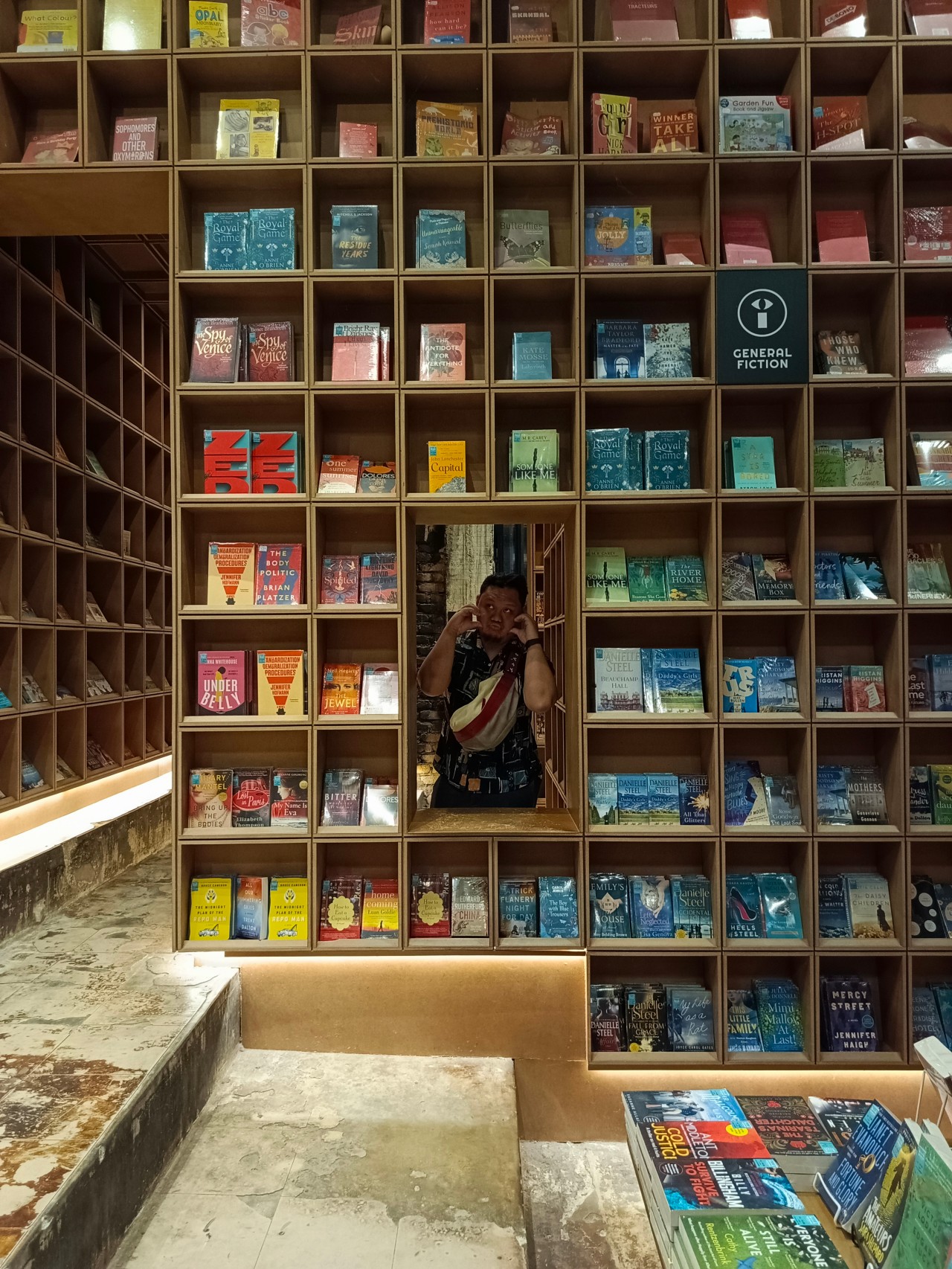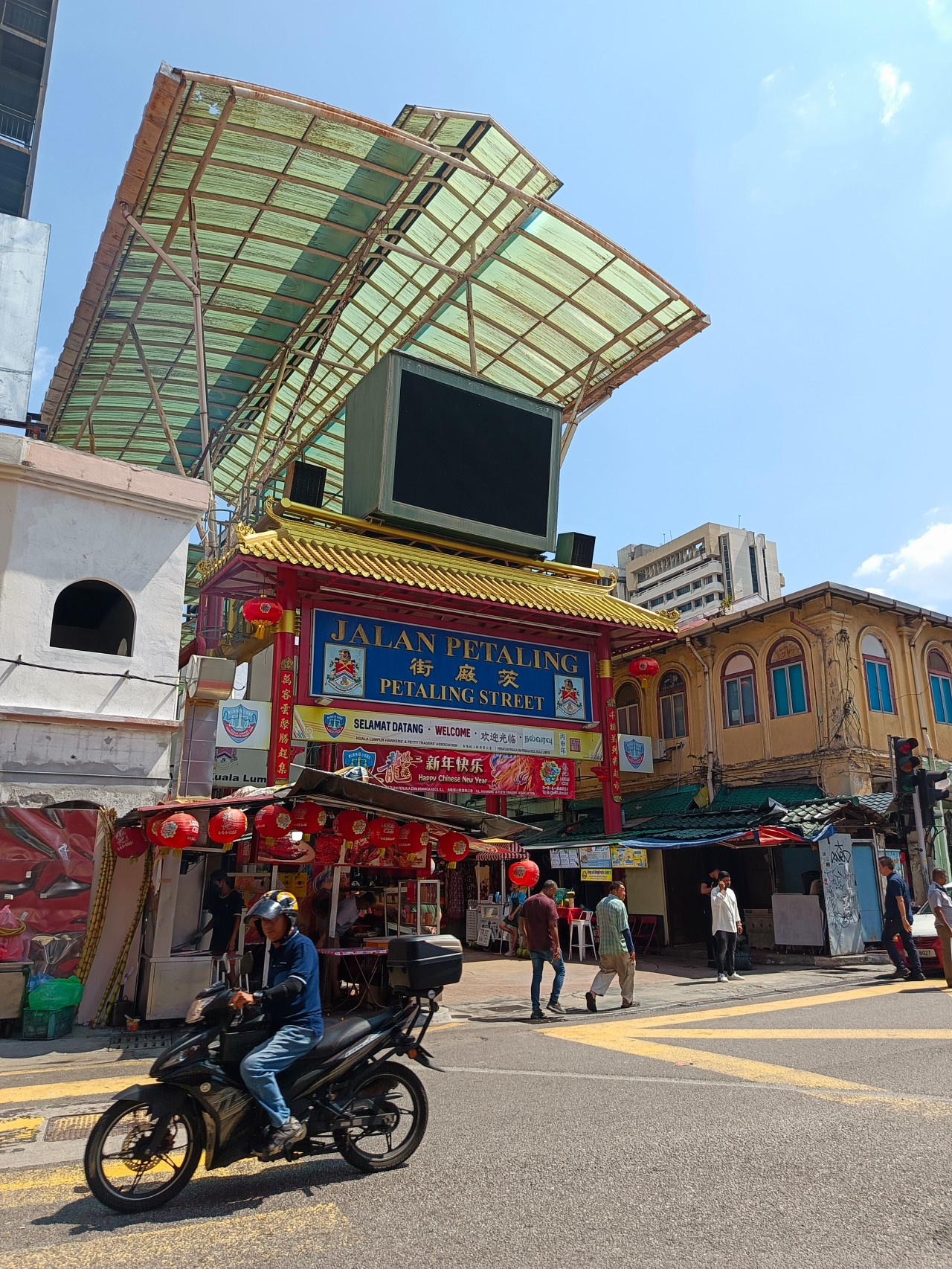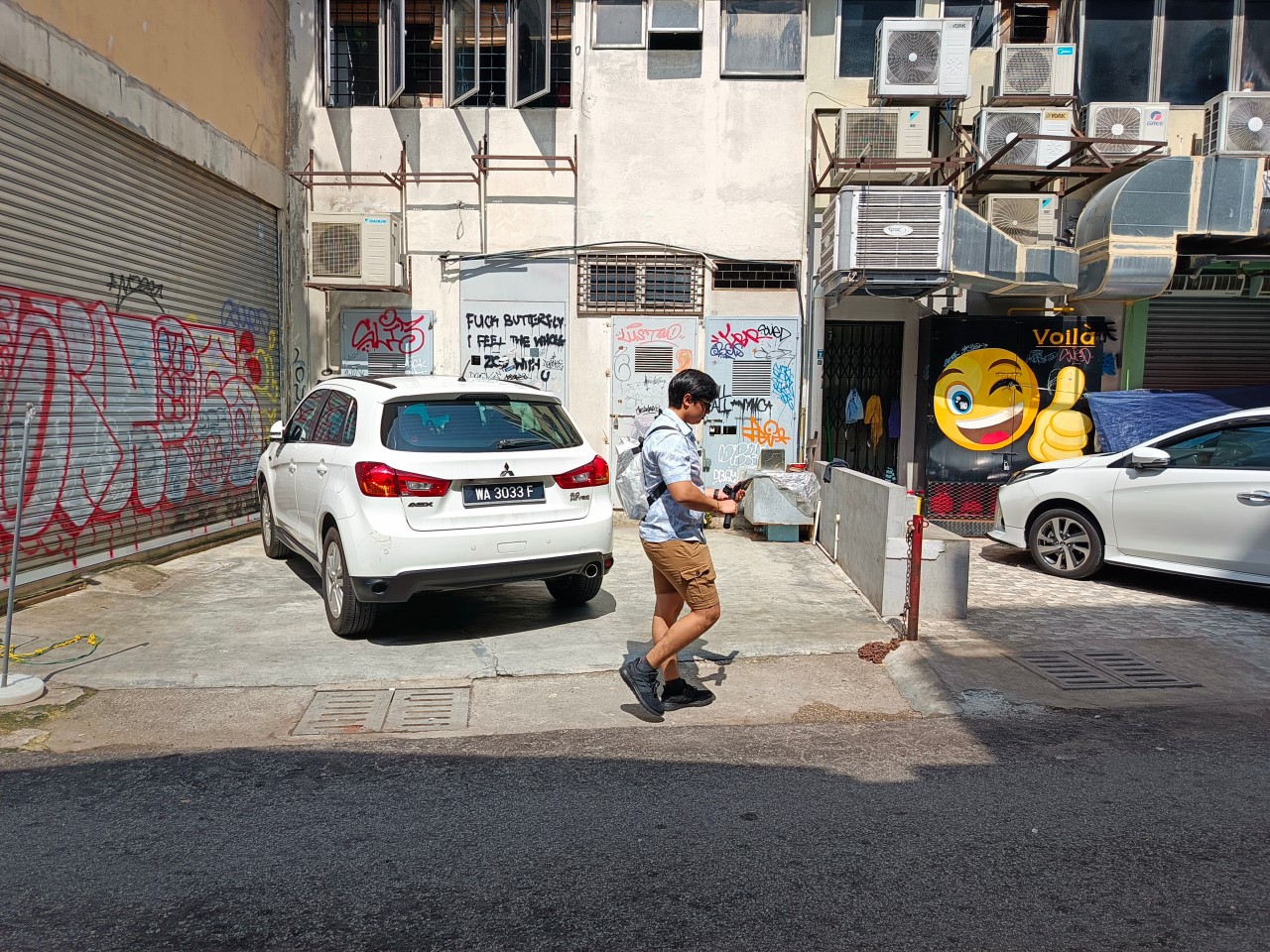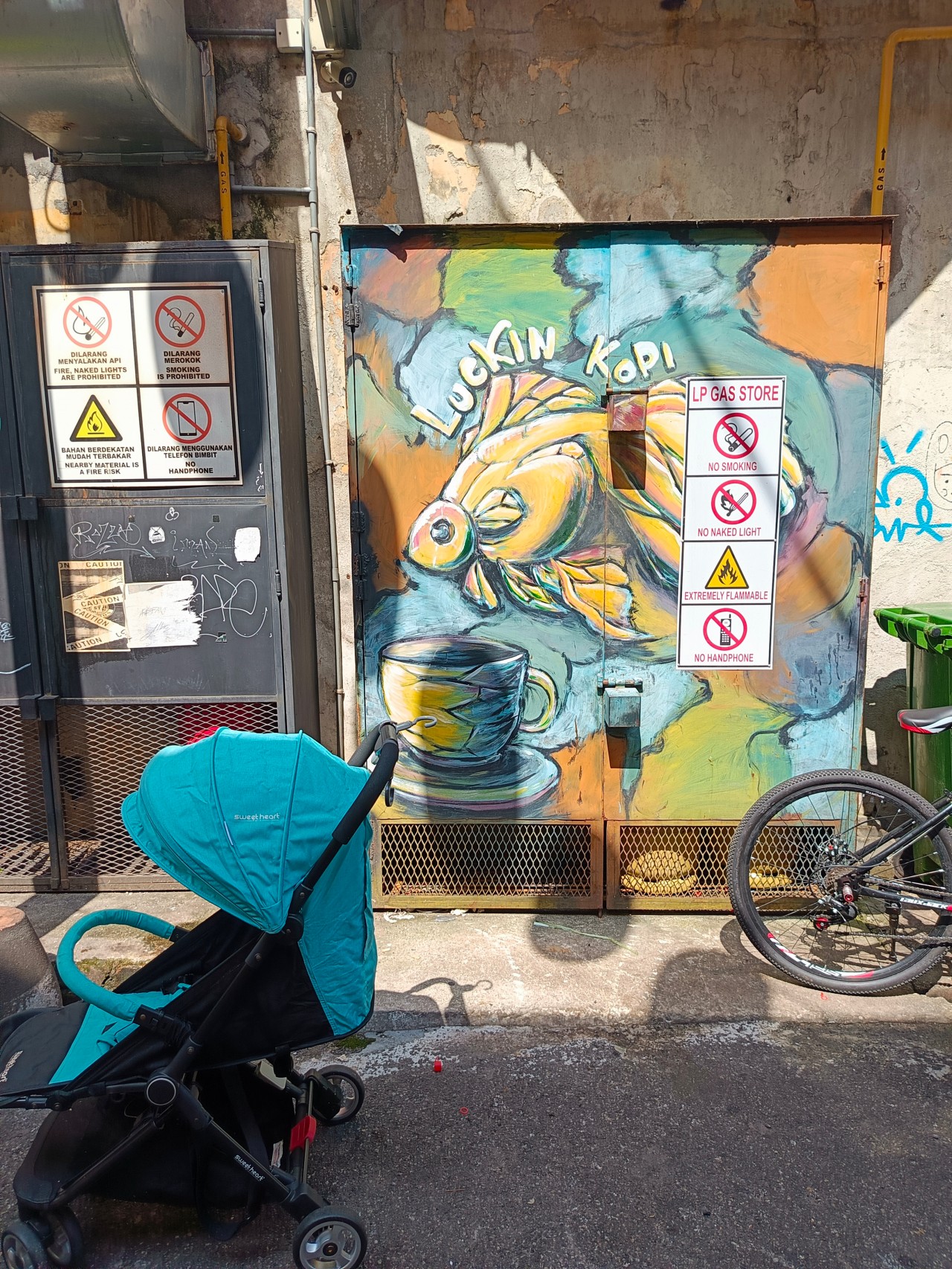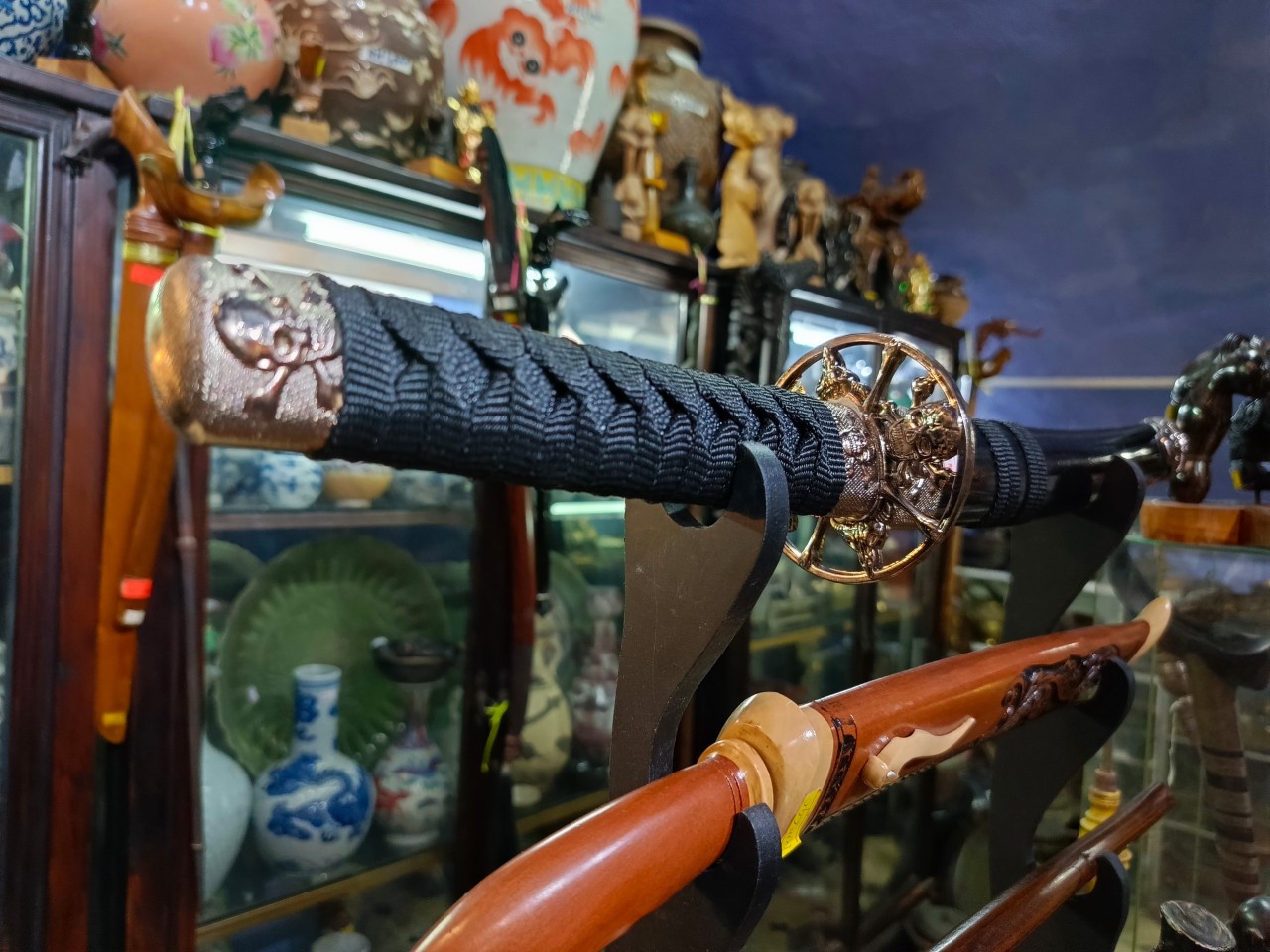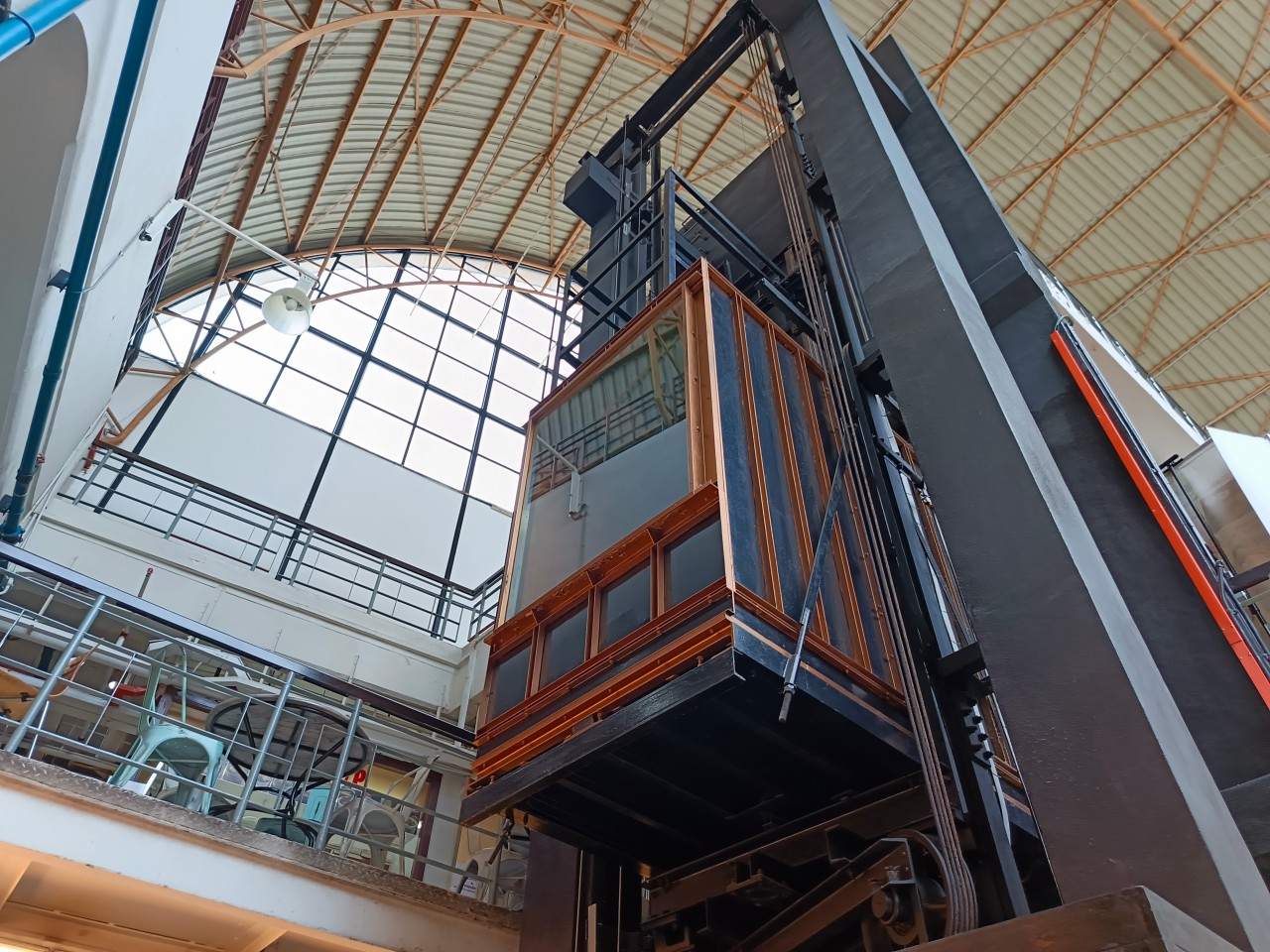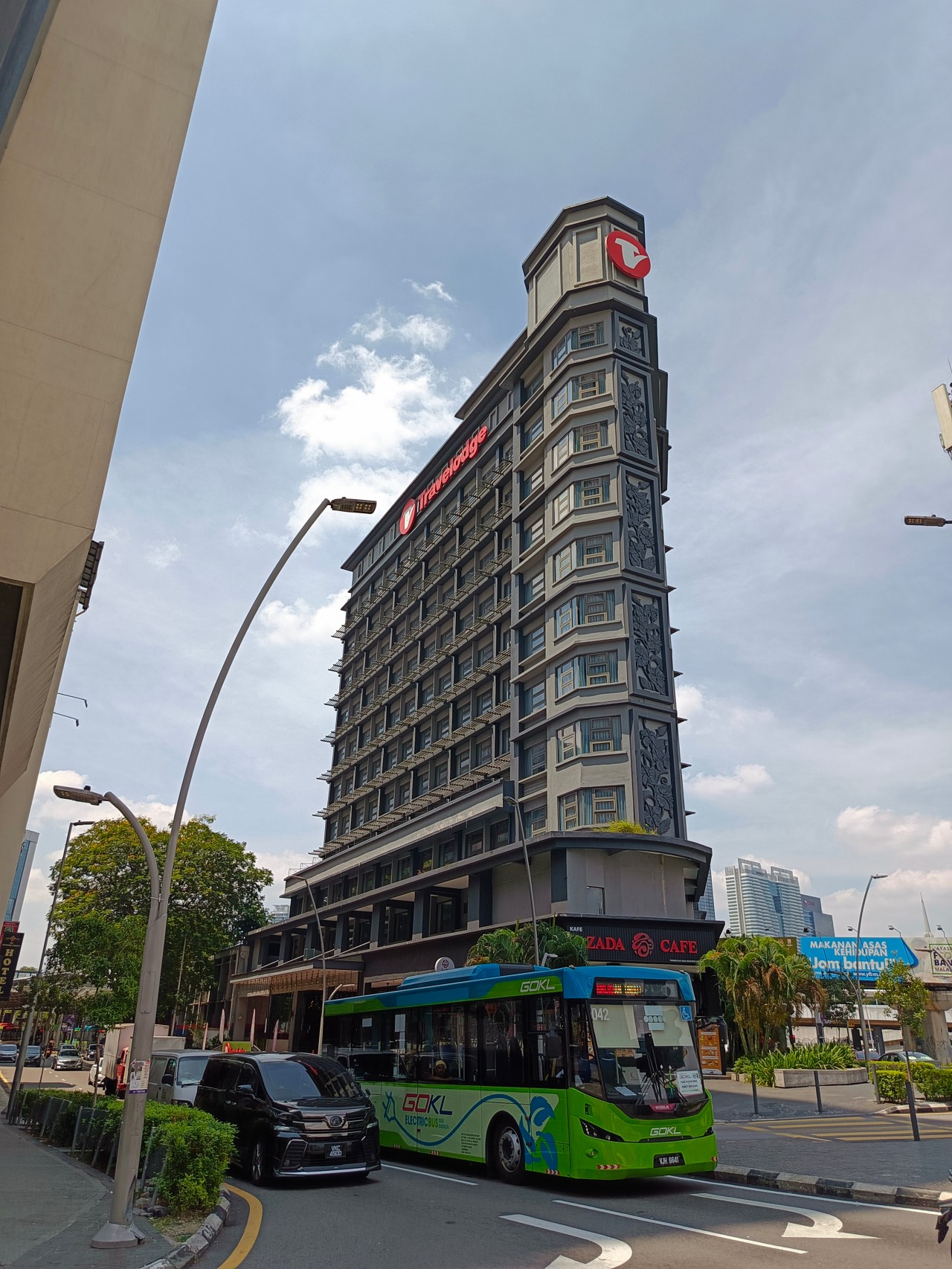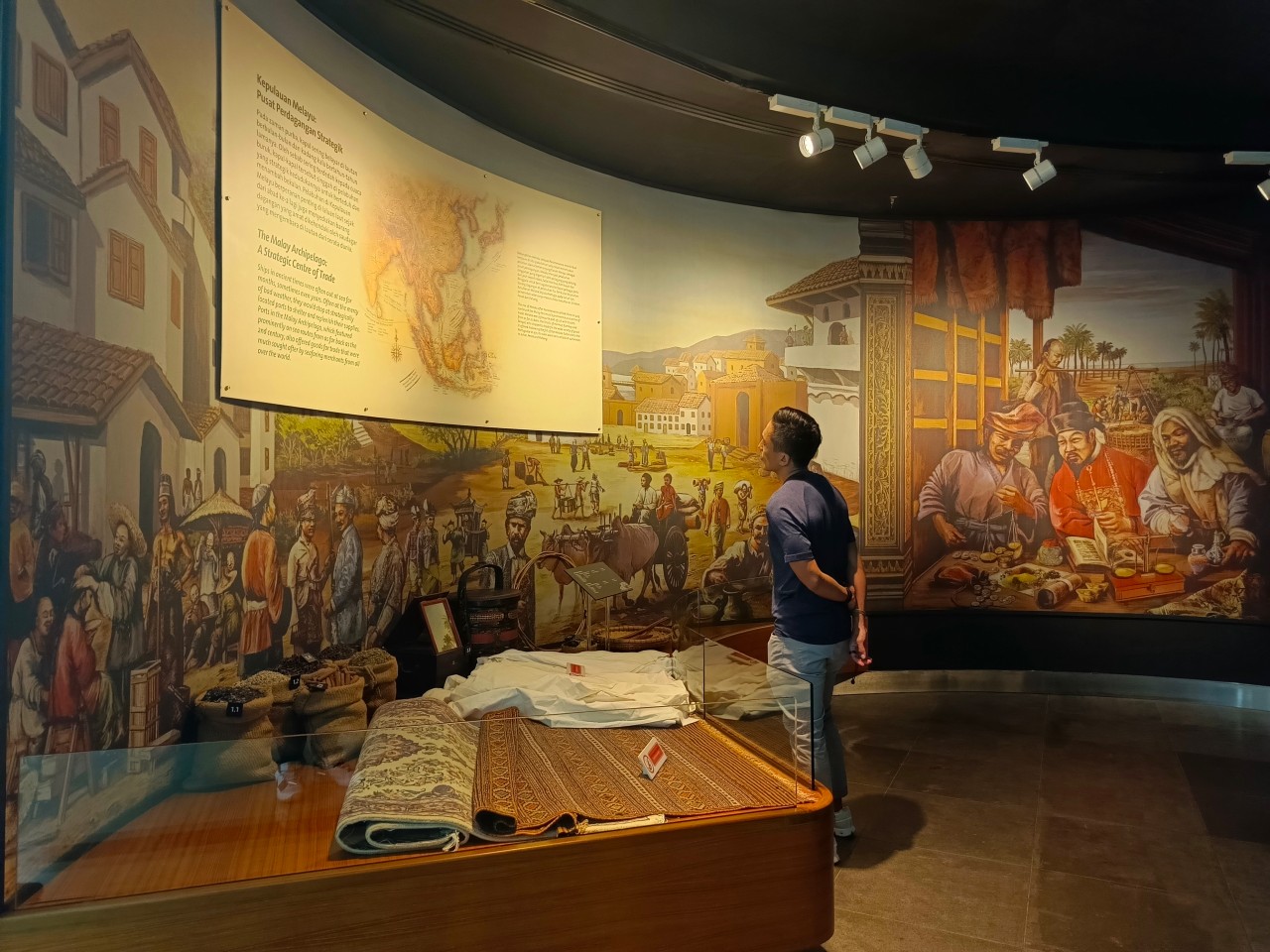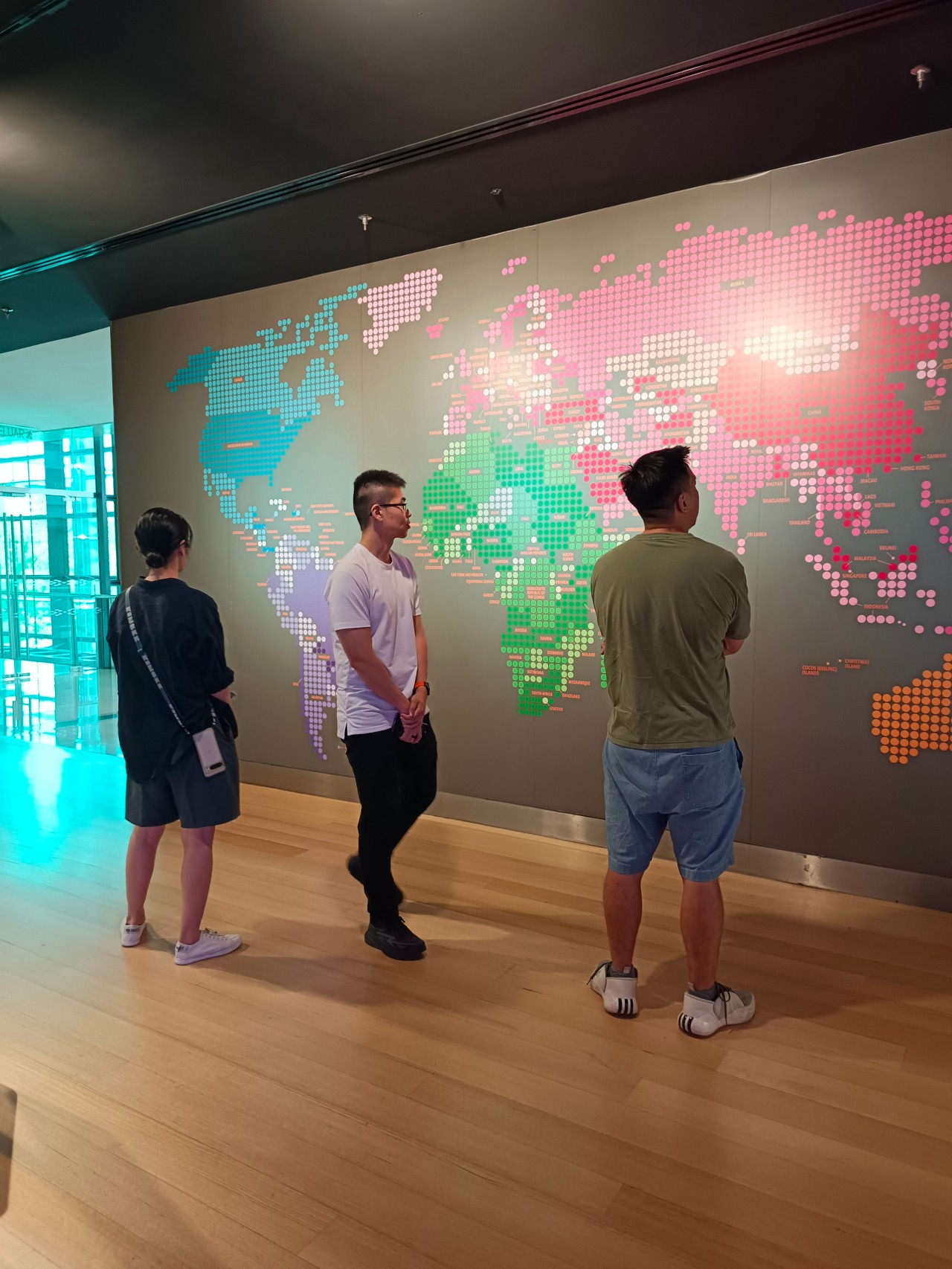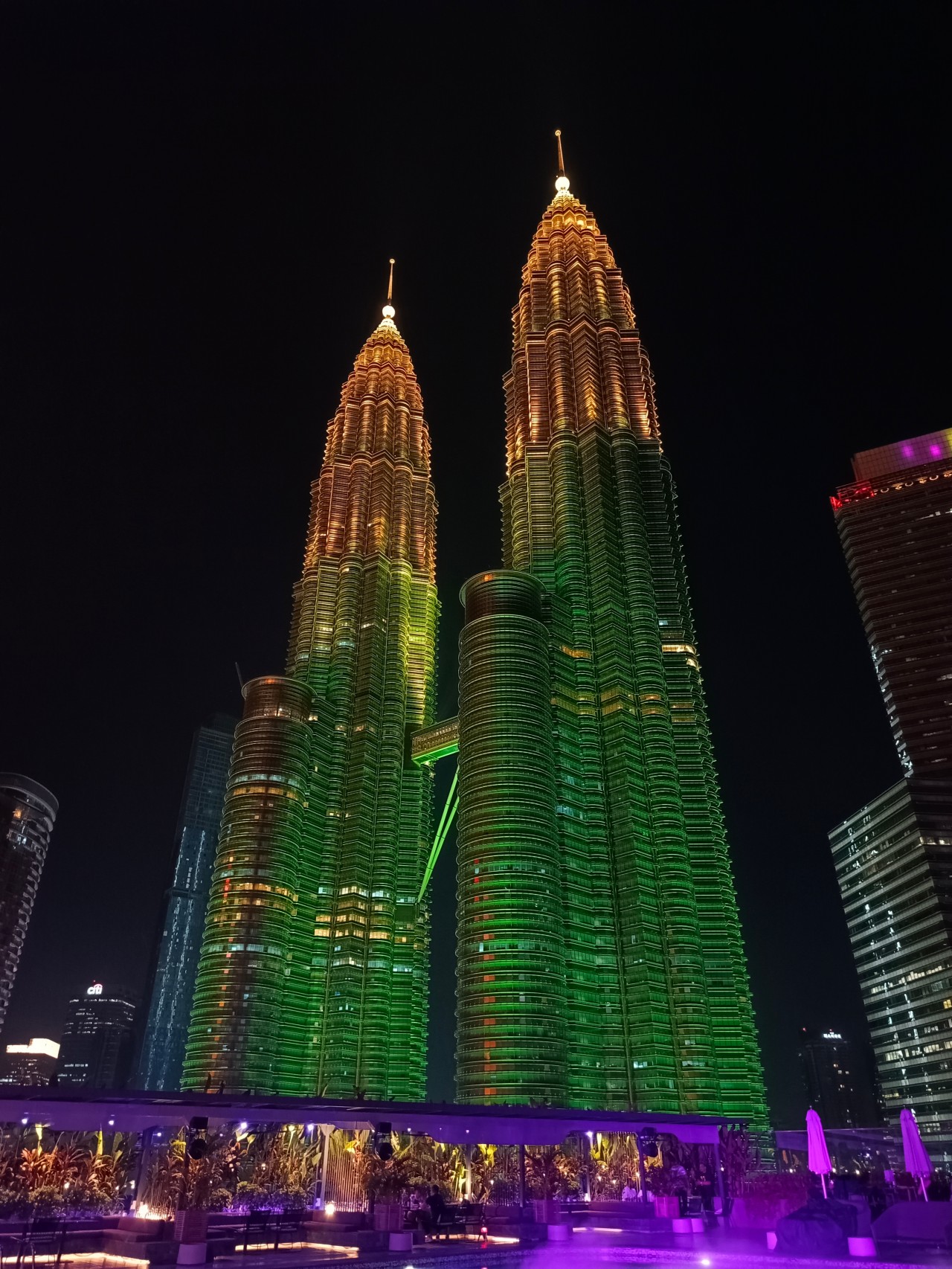Features
Mobile Legends: Bang Bang roles and the best ones
A quick guide, in case you’re just starting out
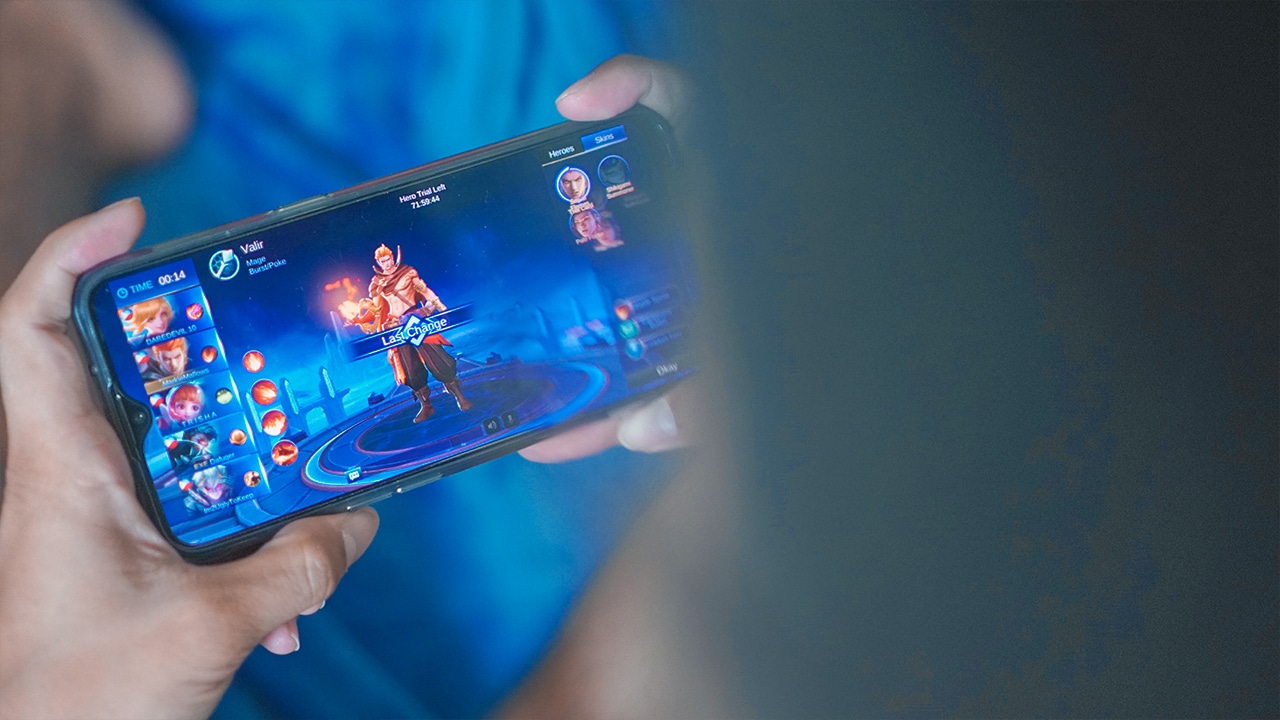
Mobile Legends: Bang Bang (MLBB/ML) is a mobile multiplayer online battle arena (MOBA) developed by Moonton. There are roles or classes in Mobile Legends that have their own distinct specialty. This ultimately affects the effectiveness and functionality of the team you and your teammates construct.
A role or class is a category that your hero plays throughout a game of MLBB. There are a total of 85 heroes you can choose from six roles: Tank, Fighter, Assassin, Mage, Marksman and Support. Some of these heroes fall into two roles sometimes; each of them having their own unique abilities, skills, and stats that work to both their advantages and disadvantages. It depends from hero to hero.
How well you can manage a hero and their role as well as their specialty depends on your familiarity to the hero as well as your capacity to be willing to learn to play other heroes, the more you play ML.
As mentioned before, heroes have their own set of skills, abilities, and stats that inevitably help a team win a game. Think of roles as the basic facets your hero has and through it, you can determine your hero’s specialties and limitations.
Tank
Tanks are naturally bulkier. What I mean by bulky is that they have higher Health Points (HP), armor, and magic resistance. On the other hand, their attacks don’t hurt as much on their own.
If you like being buff and beefy, then try the tank role. They’re the walking shield of your team. They can take a beating from the enemy team so other roles can do the wrecking for them. Tanks can do Crowd Control (CC) with stuns, slows, hooks, and barriers which help save teammates and trap enemies.
Sometimes having a tank in your team can make or break a game. Most other roles have attacks that hit harder but if all of your teammates have naturally lower HP, it won’t take long for the opposing team to target you one by one and wipe your team out.
If we’re being realistic though, if you’re the person who prefers sticking to the meta and everyone picks marksmen, you’re the kind soul that worked on getting good at playing this role and probably more. Tanks are essentially the guys and gals who protecc, while his/her team attacc. Yes, with two c’s because remember, tanks and crowd control.
Fighter
Fighters are melee heroes who have a good balance of HP, armor, magic resistance and attack damage. They usually attack by jumping into and out of enemy range.
Fighters are semi-tanks. They have significant attack damage while racking up a good amount of magic resistance, HP, and armor. This role often takes the jungle and can single-handedly accomplish objectives within the game.
Not every team needs a fighter, but it can help to have someone who has a good balance between attack damage and the damage they can take. It can be a little daunting to play fighter if you’re non-confrontational since they’re melee heroes.
If you think being tank is a little too tough since the role relies on teammates for damage, you can take the fighter role. Basically, if you like hitting hard, surviving hits, and also dealing significant damage yourself, use a fighter.
Assassin
Assassins are pretty much the role you’d think an assassin would take. They’re quick and deal a painful amount of damage. Assassins normally roam and jungle, but they essentially take marksmen and mages down when they linger with low HP or overextend.
As the name of the role would imply, they like to catch people off-guard by sneaking and roaming around the map and making sure they punish any overextensions, secure kills and maybe sometimes steal skills from other teammates. Assassins are often equipped with multiple blinks and flashes — sticking true to their name and their role.
Remember: Assassins have mobility, stealth and damage at their advantage, but they can falter with not as much armor, magic resistance, and HP.
If you like roaming around the map, dealing significant damage to enemies, and sneaking in and out of clashes to execute the killing blow or prevent yourself from dying, play the assassin role. They’re slippery heroes that are tough to deal with.
Marksman
This is the role you’re taught to play from the get go. ML let’s you play Layla, a marksman, to learn the basic mechanics of the game so it doesn’t seem to be a difficult role to place. But what does a marksman have over other roles? Marksmen have high attack damage, high changes of critical hits, and range.
Marksmen are similar to Assassins with damage and attack speed but the marksman has range and skills with an Area of Effect (AoE). These default abilities and skills for heroes under this type enable them to hit hard, fast, and from far.
Marksmen are often referred to as Attack Damage Carry (ADC) heroes. They’re heroes that hit hard which, by default, allow them to rack up a good number of kills in the game. Although they do stack up a ton of damage, marksmen can be soft.
They have the advantage or range, but if someone gets up close, they don’t have that much HP, magic resistance, and mobility to often save themselves alone. If you’re the type to push and deal a ton of damage yet have the capacity to feel out when you’re being targeted and stay reasonably cautious, play marksman.
Mage
Mages are ranged heroes like marksmen but, instead of physical damage, they deal a painful amount of magic damage. They are similar to a marksman with their disadvantages: mobility and low HP.
They do find their strengths in the same category: attack damage or for mages, magic damage. On top of that, instead of solely magic damage, mages have a variety of spells, stuns, and slows that cripple both selected enemy targets and any area of effect they cast their spells on. Their spells depend on mana so mages preserve mana until they can burst spells down on an enemy target.
A fair warning though: if anyone so much as sneezes your way, you are absolutely done for. Mages hit hard but are soft. They are also significantly slow. Almost anything that can chase mages down and nibble at its HP is it’s kryptonite.
They are good at crowd control and mages do well when asserting their dominance by consistently harassing their opponents and by bursting them down with spells.
Support
Supports are often healers. Think of them as medics in your team. They help heroes heal, as well as increase their chances of survivability in a fight. Their varied skills can often stun, slow down, and throw targets back but unlike mages, supports don’t often prioritize their attack damage.
Support roles efficiently partner with roles that are disadvantaged with HP, magic resistance, and mobility to help heroes farm and take kills.
Supports are an essential part of team dynamics, but they aren’t necessarily crippled of attack damage or magic damage. Many supports are capable of tanking kills. Although it isn’t their primary objective, they can still take kills and rack up quite a number themselves.
If working around your teammates, cheering them on, and healing them is what you’d like to do, play a hero under the support role.
What is the best role to play in Mobile Legends: Bang Bang?
That’s a trick question. The answer is all of them and none of them. If you and your teammates work on synergy, cooperation and teamwork, all of the roles are the best. A game like Mobile Legends: Bang Bang can foster the importance of diversity in teamwork when working towards winning.
Each role has its strengths and weaknesses but that is ultimately why it’s important to have a healthy mix of different roles in your team. If your team were to play the same role, you’ll find the role’s and their heroes default weaknesses become amplified — making it easy for enemy teams to win.
If you’re just starting out playing Mobile Legends: Bang Bang, ease into one role and maybe expand your skill set little by little. It’ll help you grasp the significance of each role and what they can give to the larger objective of the game: teamwork, fun, and practice.


In case you’re wondering, it’s pronounced /pyu-ra/. And it’s more than just a name change. All four models of the Pura 70 series come with a set of cameras that will make your jaw drop. Though it’s not the most impressive Ultra, the Huawei Pura 70 Pro is still capable of shooting breathtaking photos all by itself.
Arranged like a hidden Mickey, the Pura 70 Pro’s camera island features a triple threat of cameras, highlighted by a vastly improved telephoto lens when compared to the regular model.
- 50-megapixel f/1.4-4.0 25mm main
- 48-megapixel f/2.1 93mm 3.5x optical telephoto
- 5-megapixel f/2.2 13mm ultrawide
A Huawei-filled stay in China
While there are different brands operating in the region, Shenzhen is a much bigger playground for Huawei. The brand maintains multiple flagship stores and a sprawling campus there.
Our first stop was the first global flagship store for Huawei. The building features a huge central area, a lineup of cars, and, of course, spots to try the brand’s latest innovations.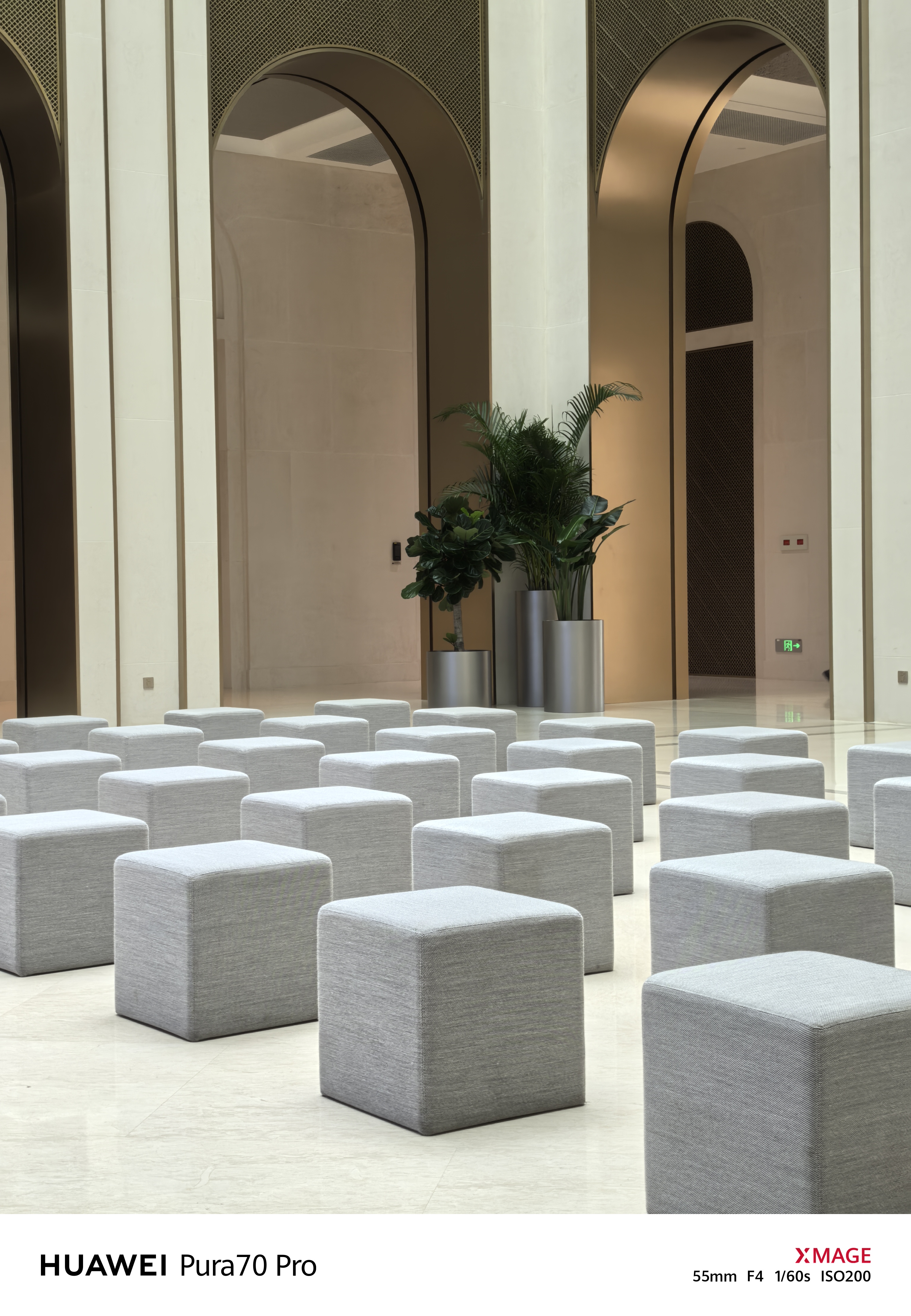
As you’ve probably read from our first impressions, one of the most iconic demonstrations during the entire trip was of a spinning picture disc of a surfer frozen in time by the Pura 70 Pro’s Snapshot mode.
Mixing it up at MixC
While the previous store was impressive, it didn’t show just how popular Huawei was in China. Luckily, our next stop was in the center of a sprawling shopping center called MixC. This location had lots of cafes and shops nearby.
The branch itself features a 24-hour vending machine, a stage for lessons on how to use Huawei’s products, a smart home demonstration, and a third floor for aftermarket solutions (or even just to chill). Take a peep at how many people are in the store to try out Huawei.
Being in the middle of the city, it was also the perfect spot to try out the smartphone’s impressive zooming capabilities. Zooming into the city’s buildings, the camera captured far-away balconies to virtual perfection.
A little bit of nightlife
Speaking of the city, what would a trip be without some local nightlife? Early in the night is filled with commuters going home, night vendors peddling their wares, and lots of motorcycles.
Though the city sleeps earlier than more bustling metropolises, Shenzhen’s late night still makes for some subdued scenes and gentle nightscapes.
Oh, and how about some astrophotography?
Huawei’s campus or a European wonderland?
The next day, we went to Huawei’s massive headquarters in Shenzhen. Now, to call it “massive” is still an understatement. Supported by its own transit system, the campus features multiple “regions” inspired by architecture from different European countries.
Oh, and in case you missed it, yes, it has its own train. Excuse us; it’s time to head to Hogwarts.
There’s a big lake that boats can pass through. And, if you’re lucky enough, you might be able to spot a few black swans swimming around.
Goodbye, China
Unfortunately, all good trips must come to an end. We’re not saying goodbye until we use the Pura 70 Pro up, up in the air, though.
How impressive can a camera get?
A few years ago, I used the Huawei P20 Pro as my daily driver. Since then, I’ve moved on to the Google Pixel 6, a capable shooter in its own right. However, the Pura 70 Pro just made me fall in love with smartphone photography — nay, photography, in general — all over again.
The camera is just a beast in most shooting conditions. Plus, the AI-based enhancement is the cherry on top. Because the enhancements take a second, you can quickly see a before-and-after comparison. Some adjustments are minute, but they’re all substantial enough to make all the difference. Plus, you can barely notice the manipulation.
Okay, granted: it’s not perfect. There are some shots where the AI enhancement is more blatant. It also favors warmer hues in some conditions. But overall, it’s an amazing camera that I’m having a blast experimenting with.
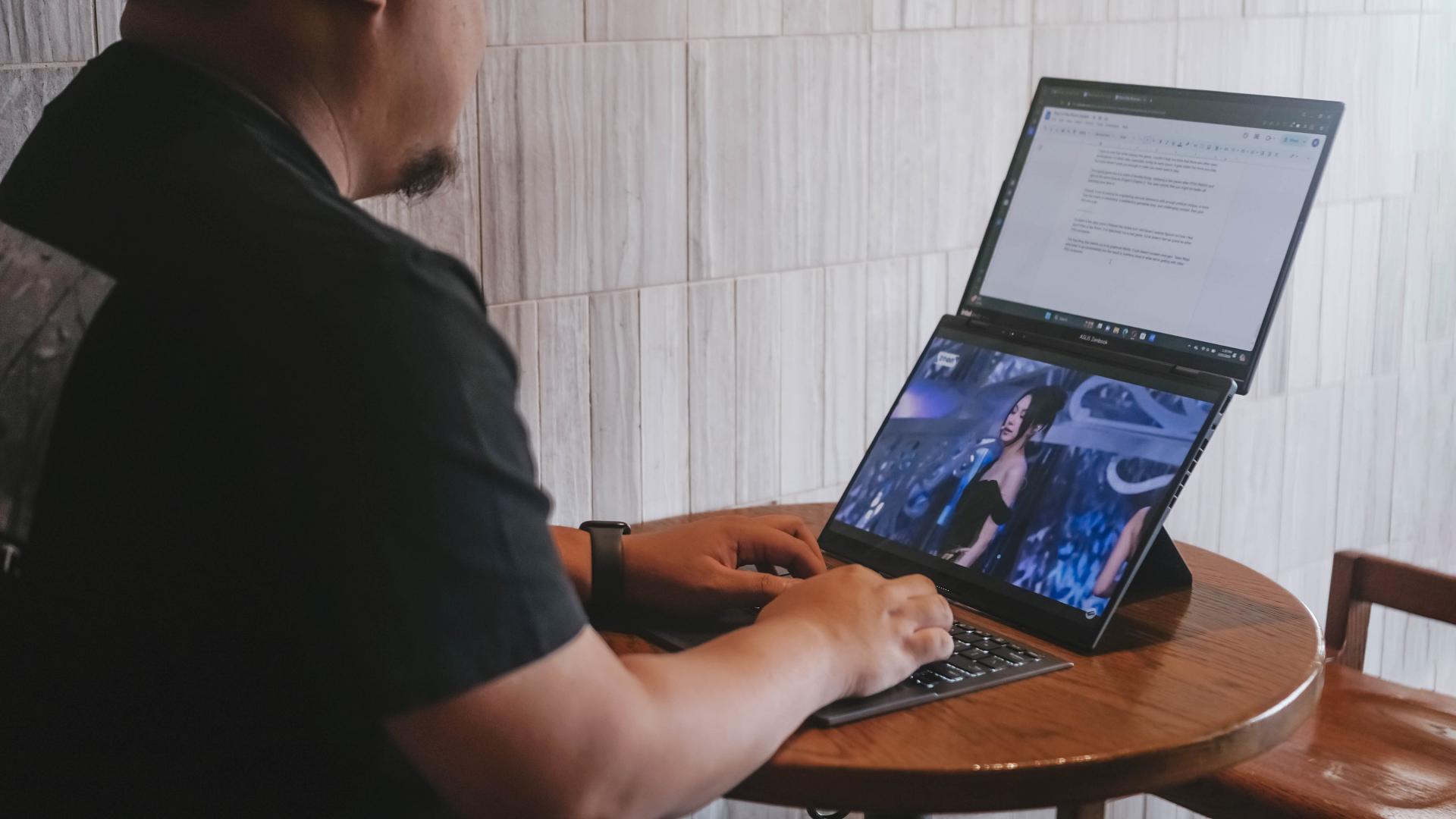
We are fans of what ASUS did with their latest dual screen offering — the ASUS Zenbook DUO 2024. The Zenbook Duo isn’t exactly new. ASUS has been adding extra screens to their laptops whenever they can — but never quite like this.
You see, ASUS managed to put a literal second display but still make it compact enough to fit most bags with provision for 14-inch laptops. As cliché as it sounds, the Zenbook DUO 2024 is an engineering marvel.
However, it’s more than just a gimmick. In our review, we noted how the form factor lent to a slight boost in productivity despite us not maximizing the product just yet. With that, let us share with you our favorite things about the ASUS Zenbook DUO 2024.
A unique mode for every scenario
A built-in, sturdy kick-stand unlocks the many possibilities available to the Zenbook DUO 2024. Some of the modes are: Laptop, Dual Screen, Desktop, and Sharing.
Each one lends itself nicely to different work and media consumption scenarios. Don’t feel like showing off? Keep things discreet and save some battery life with laptop mode.
Need two screens? Switch to either Dual Screen or Desktop mode to take advantage of more screen real estate.
Presenting something to someone across the table? Sharing mode lays the laptop flat allowing for easier viewing.
The ability to morph to different modes depending on your needs is astounding. The best thing is that it is both functional and can serve as an ice breaker.
Oh and we’ll never tire of sharing how the Desktop mode is perfect for watching two K-Pop fancams at the same time.
Screen Xpert for the dual displays
This form factor won’t work without the right software support backing it. To that end, ASUS made Screen Xpert. What it does is essentially let you adjust the layout of the apps according to your needs.
You can have up to four (4) apps live viewed at the same time. For our part, we usually only divided the screen to two, using one to reference a review guide or press release while writing news articles and/or reviews.
But if you’re monitoring certain things, this will be pretty helpful having multiple windows laid out right away to get a quick overview of things is a godsend.
The best thing is that a lot of these functions work intuitively. There’s a single button you can press to easily switch what’s displayed on the two screens.
If you want more granular control, you can have the Screen Xpert floating bar ready at your disposal. Here you can control the brightness level of each screen individually. You also have the ability to change the orientation of each screen to your liking.
There are also App Switcher and App Navigator functions to give you a better, more seamless way to layout the apps you use so that it’s most efficient for your needs.
AI, Copilot, and more
Something we didn’t mention much in the review is how the laptop is built with the AI age in mind. Powered by Intel Core Ultra 7 155-H, this thing is equipped with an NPU chip to aid in on-device AI tasks.
There’s stuff that happens in the background like making sure the AI-related tasks are processed with the NPU while the main CPU handles the rest. In the simplest terms, the Intel Core Ultra 7 is smart enough to delegate a task to the chip that will best execute it. That results in a more optimized overall performance.
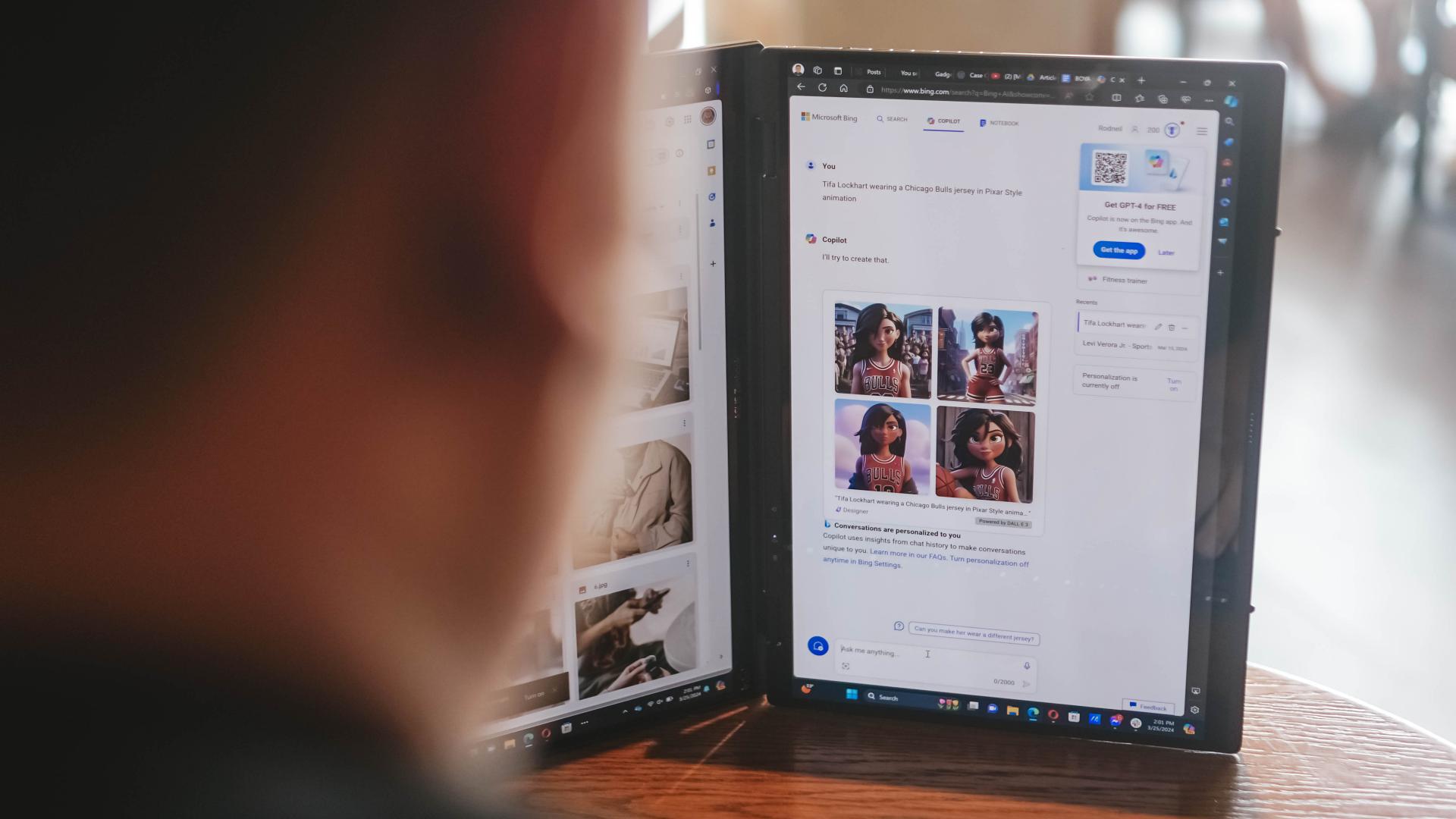
Copilot is one of the biggest AI additions to any Windows machine. The possibilities are close to limitless. For our part, we’ve only really played around with Copilot Designer. But there’s so much more that you can do with it. Just remember to always check the results. Every AI output still needs a human touch.
AI is also present in other functions like noise cancellation and the camera. AI Noise Cancellation makes sure you can hear and be heard no matter what scenario you’re in. It’s perfect for remote workers who do not exactly have control over their immediate surroundings.
Meanwhile, AiSense Camera works not only as a Full HD IR camera. It also automatically detects the lighting levels in your environment and adjusts brightness levels accordingly. You also get functions like auto-framing and background blur. Lastly, there’s the slightly creepy Eye Contact feature that locks your gaze to the camera. It can be a bit disorienting so maybe pick the occasions when you’ll use it.
GlideX
Working beyond this dual screen laptop? ASUS also made sure to equip the Zenbook DUO 2024 with software that makes adding even more screens a no-sweat task.
With GlideX you can easily connect your Zenbook DUO 2024 with smartphones, tablets, or even another PC. Even better, it’ll give you the option to control everything from a single device.
DUO more
For a first-of-its-kind device, the ASUS Zenbook DUO 2024 is pretty darn polished. That’s thanks largely to the company experimenting with dual screens long before releasing this dual screen machine.
The Zenbook DUO 2024 literally lets you do more, providing options for flexibility that will help you optimize your workflow so you can finish your tasks more efficiently. This is more than just a gimmick device, it’s actually helpful and that’s because ASUS took the time to fit it with the proper software support.
More on the ASUS Zenbook DUO 2024 here.
This feature is a collaboration between GadgetMatch and ASUS Philippines.
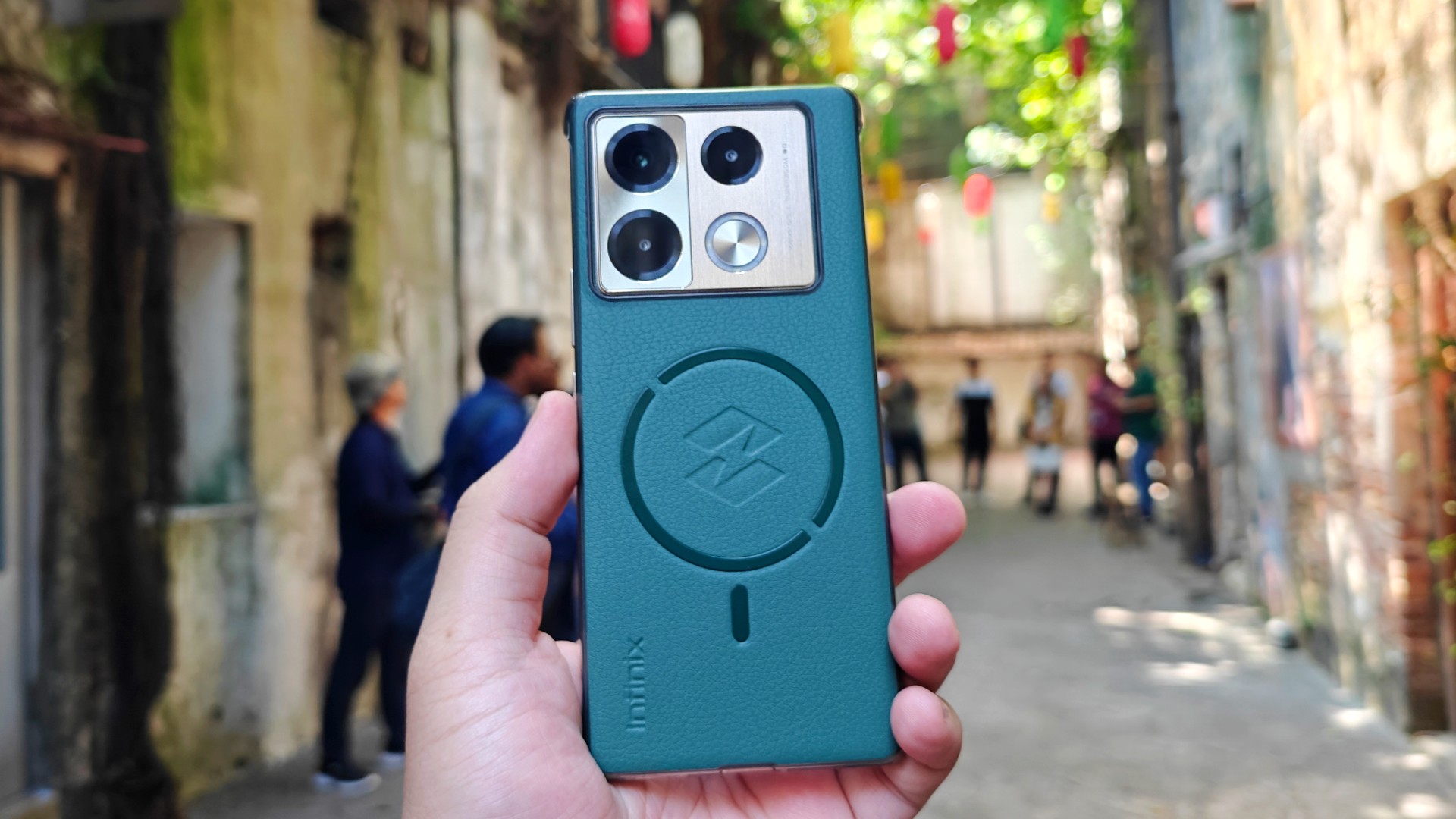
The Infinix Note 40 Pro+ 5G prides itself in its charging technologies. But what about its camera capabilities? Well, here’s a quick round-up of the many photos we took around the time the Note 40 series was launched in Kuala Lumpur Malaysia.
The NOTE 40 Series features a 108MP main shooter with 3x Lossless Superzoom. It also has OIS for steadier shots when taking videos.
The edits applied to the photos here only some resizing and cropping to make the page easier to load. Take a look at all these sample shots
Infinix Note 40 Pro series launch day
Kwai Chai Hong/ ‘Little Ghost Lane’
Petaling Street (Chinatown)
In and around Central Market
Bank Negara Malaysia Museum and Art Gallery
Istana Negara entrance
Merdeka Square
Malaysian Bak Kut Teh and more
Petronas Twin Towers at night
Steady shooter
The Infinix Note 40 Pro+ 5G isn’t a stellar shooter. But at its price point, it’s pretty darn decent for capturing different scenarios. Take these photos into some editing software and you can certainly elevate their look.
The NOTE 40 Pro+ 5G is priced at PhP 13,999. It may be purchased through Infinix’s Lazada, Shopee, and TikTok Shop platforms, where customers can get up to PhP 2,000 off. Additionally, the first 100 buyers can get an S1 smartwatch or XE23 earphones. Alternatively, customers may opt for the Shopee-exclusive NOTE 40 Pro (4G variant) for PhP 10,999.
-
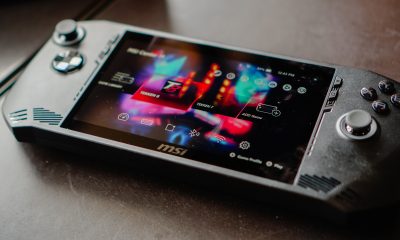
 Features2 weeks ago
Features2 weeks agoWhy choose the MSI Claw?
-

 Reviews7 days ago
Reviews7 days agorealme 12 5G review: It was enchanting to meet you
-

 Buyer's Guide2 weeks ago
Buyer's Guide2 weeks ago2024 Samsung TV: Buyer’s Guide
-

 Reviews2 weeks ago
Reviews2 weeks agoJBL Soundgear Sense review: Make every run magical
-

 Smartphones2 weeks ago
Smartphones2 weeks agoHuawei Pura 70 series is live in China
-

 Reviews3 days ago
Reviews3 days agoOnePlus 12R review: Making sense of OnePlus’ latest flagship
-

 Reviews2 weeks ago
Reviews2 weeks agoChallengers review: A thrilling drama wrapped as a tennis anime
-
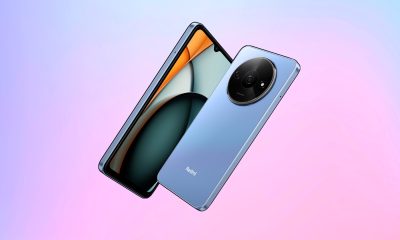
 News1 week ago
News1 week agoXiaomi Redmi A3 Philippine pricing, availability


